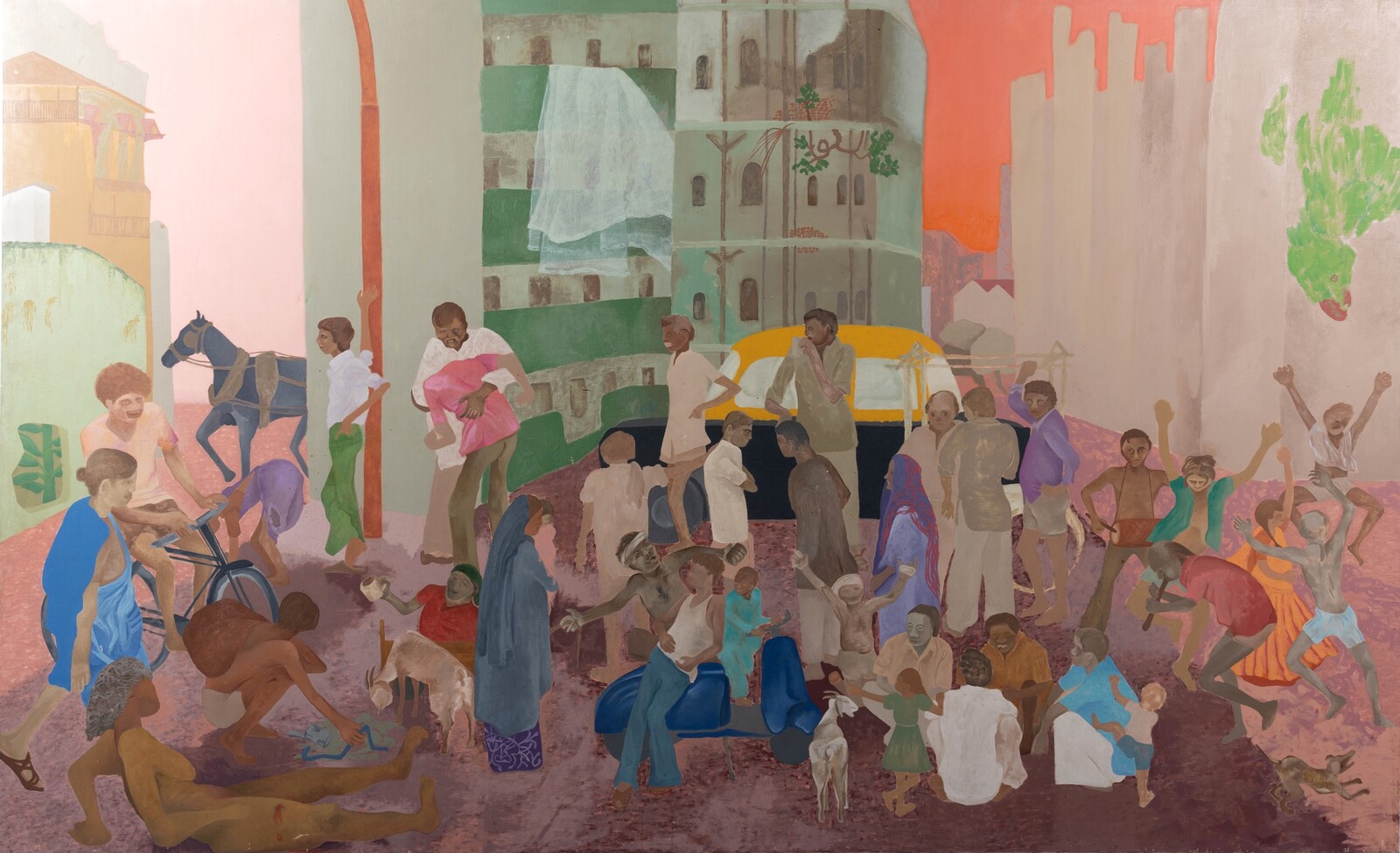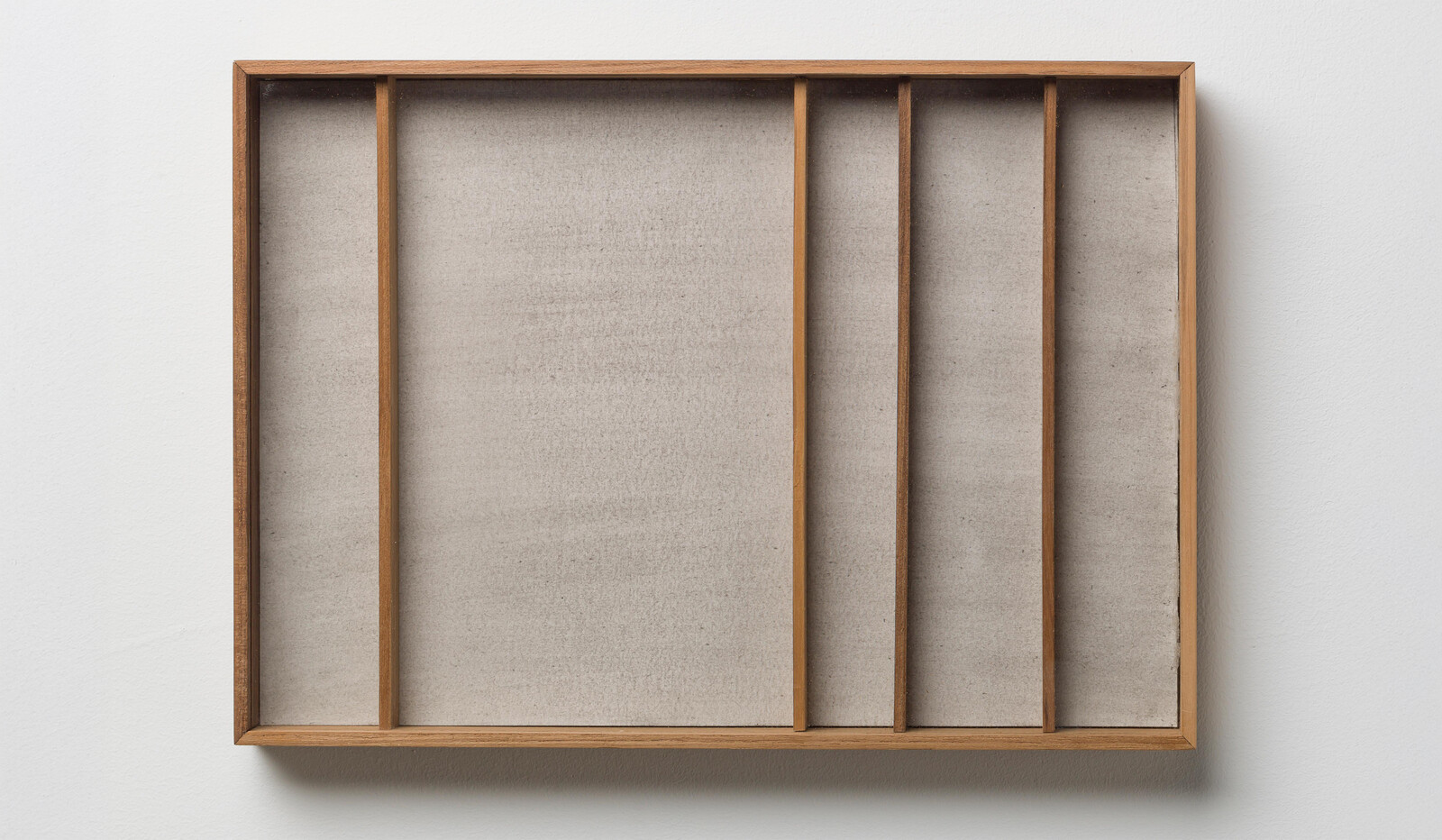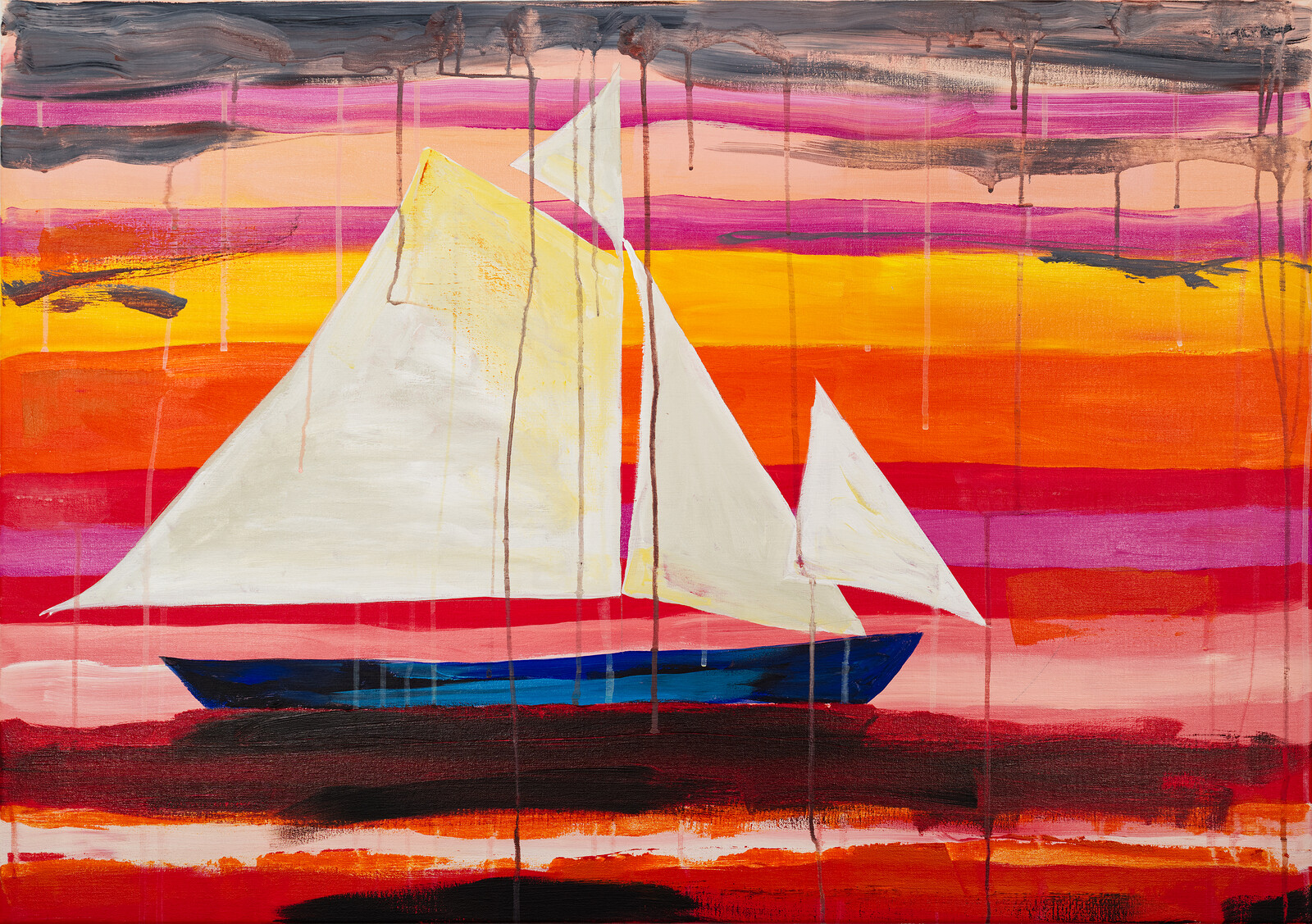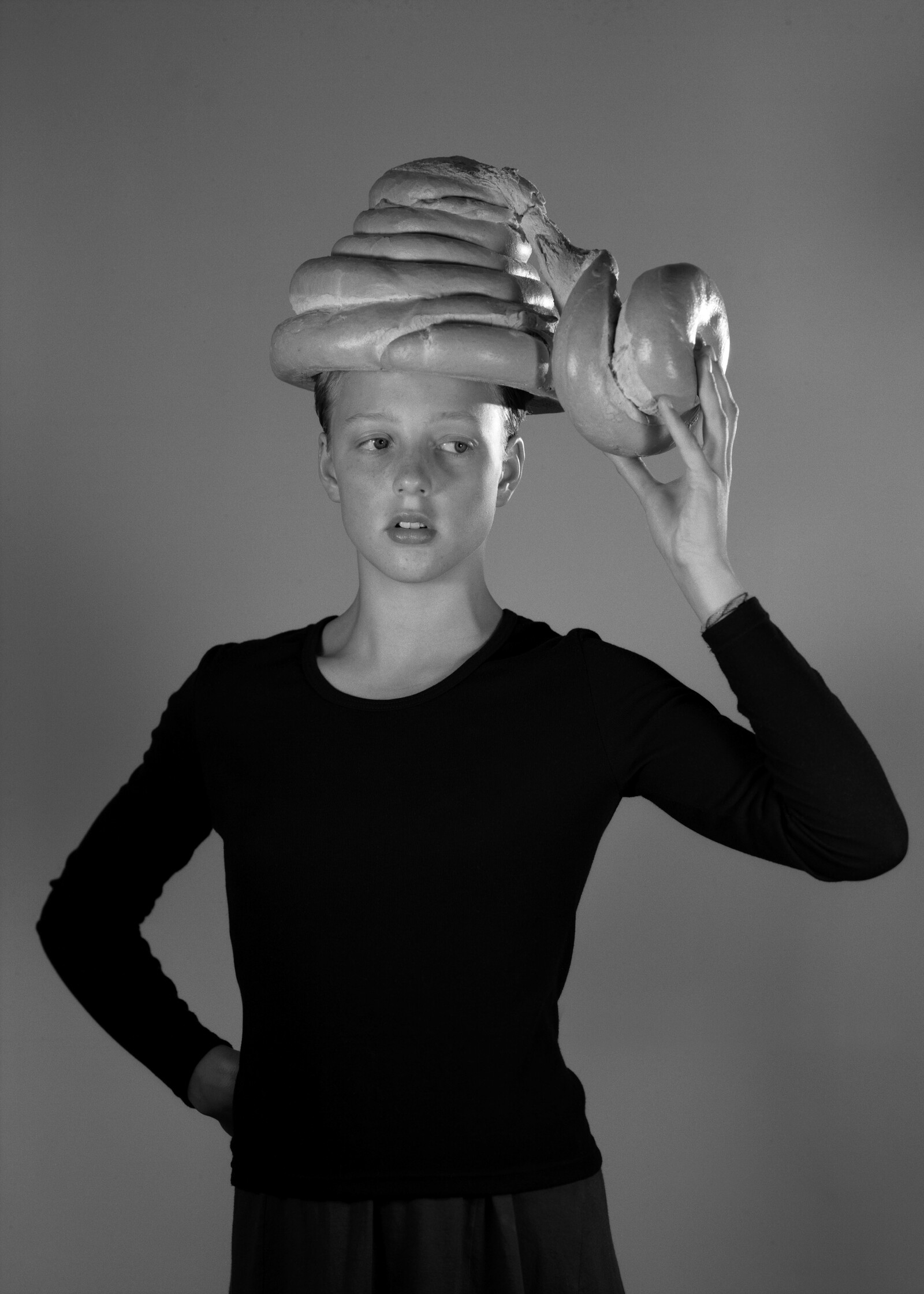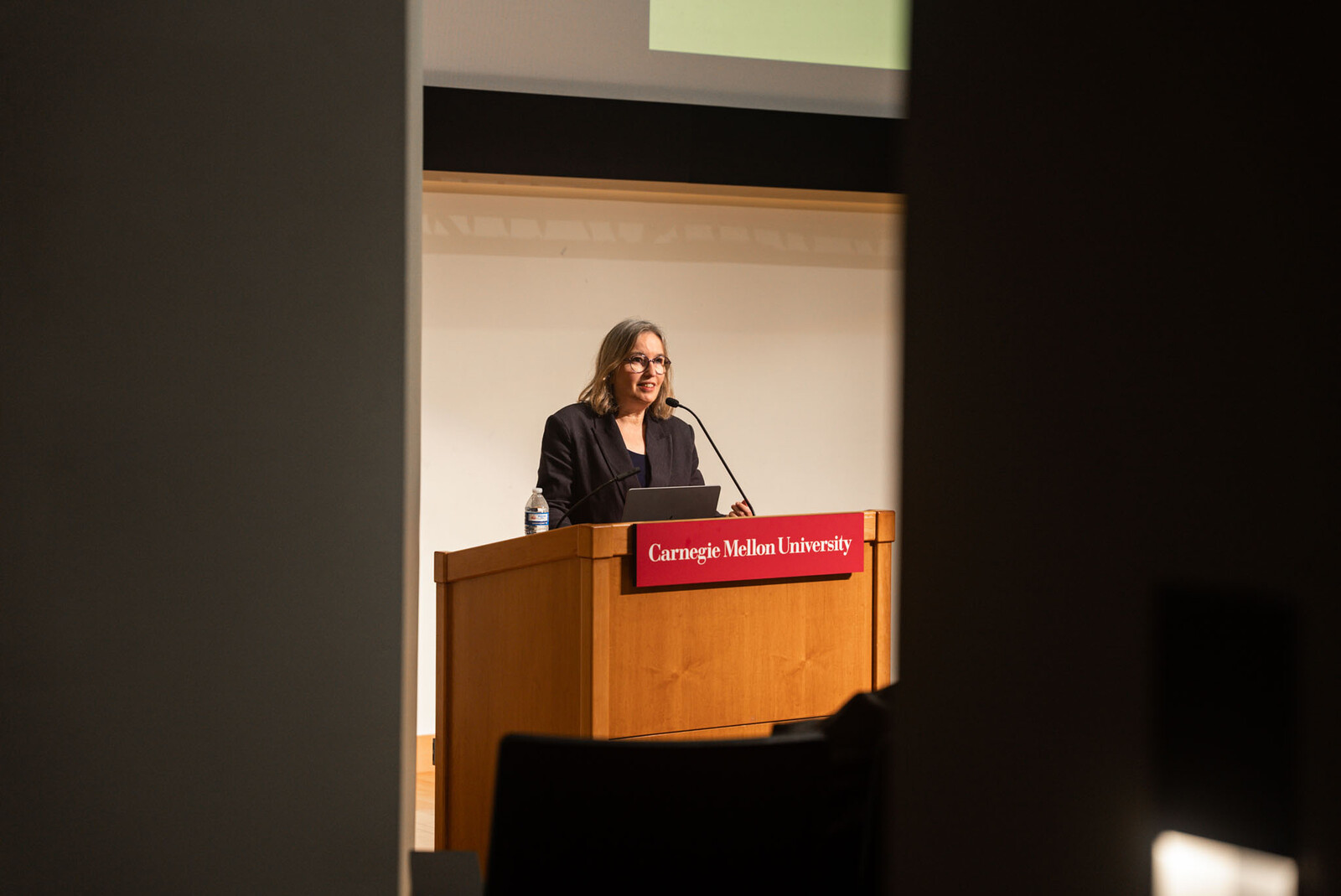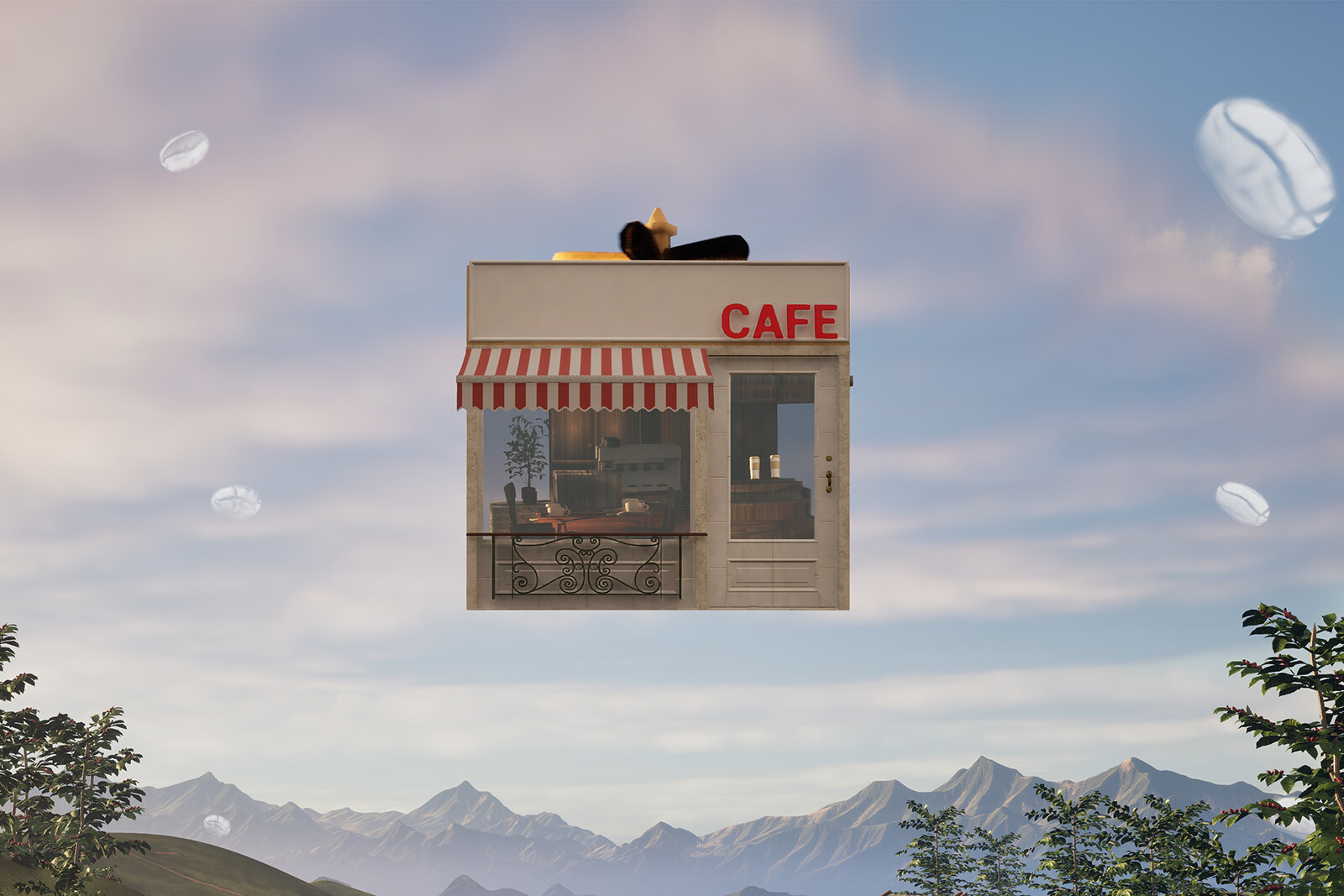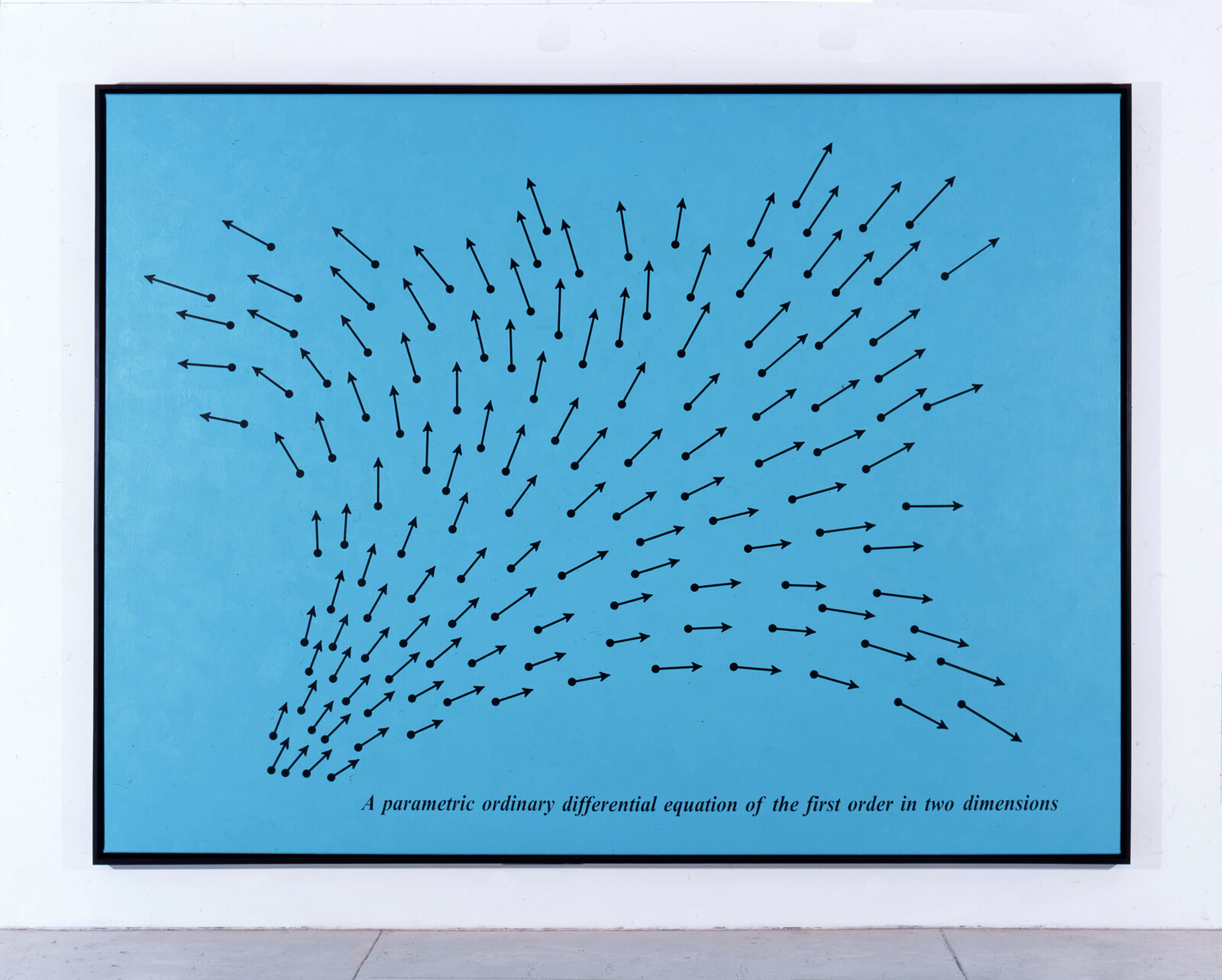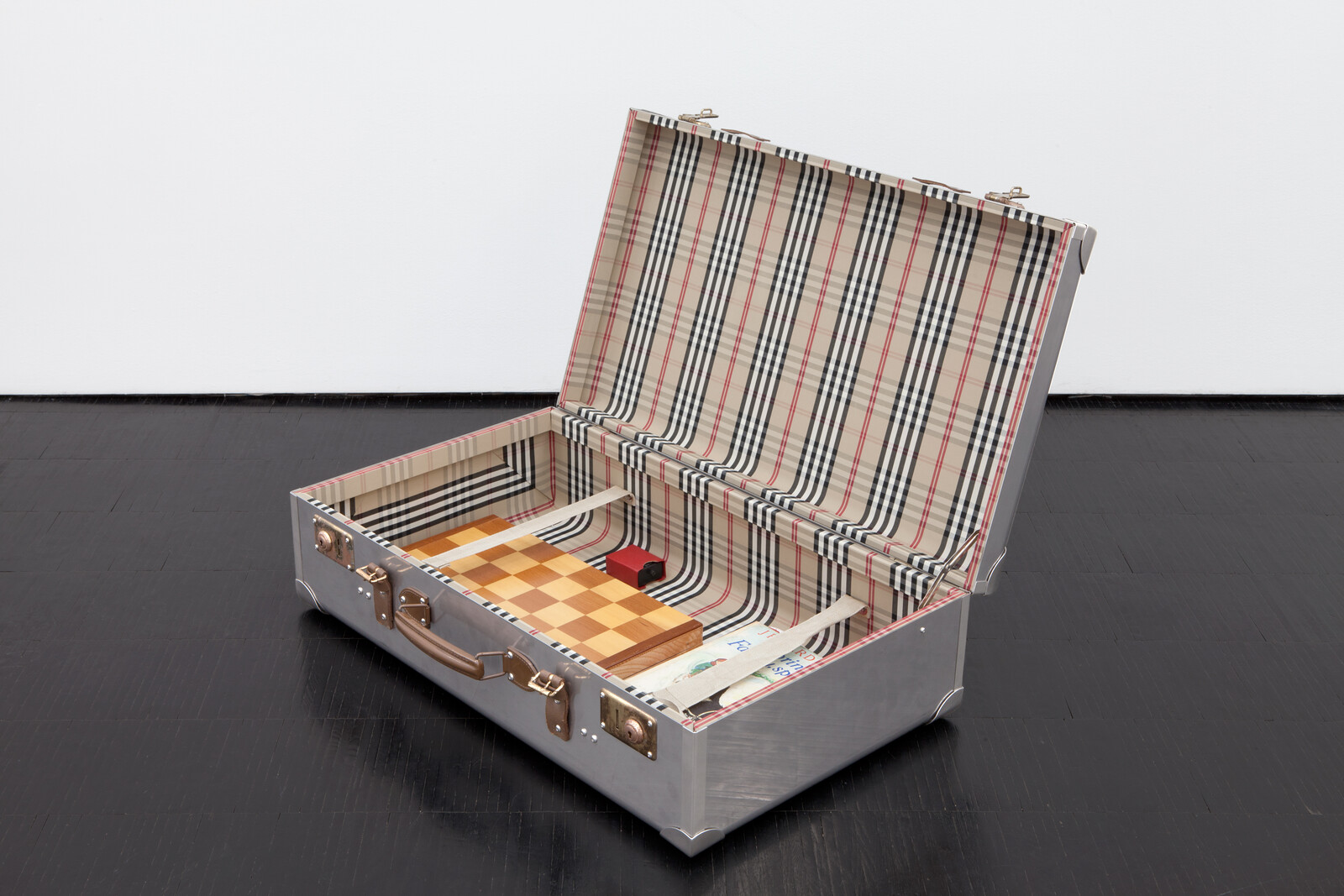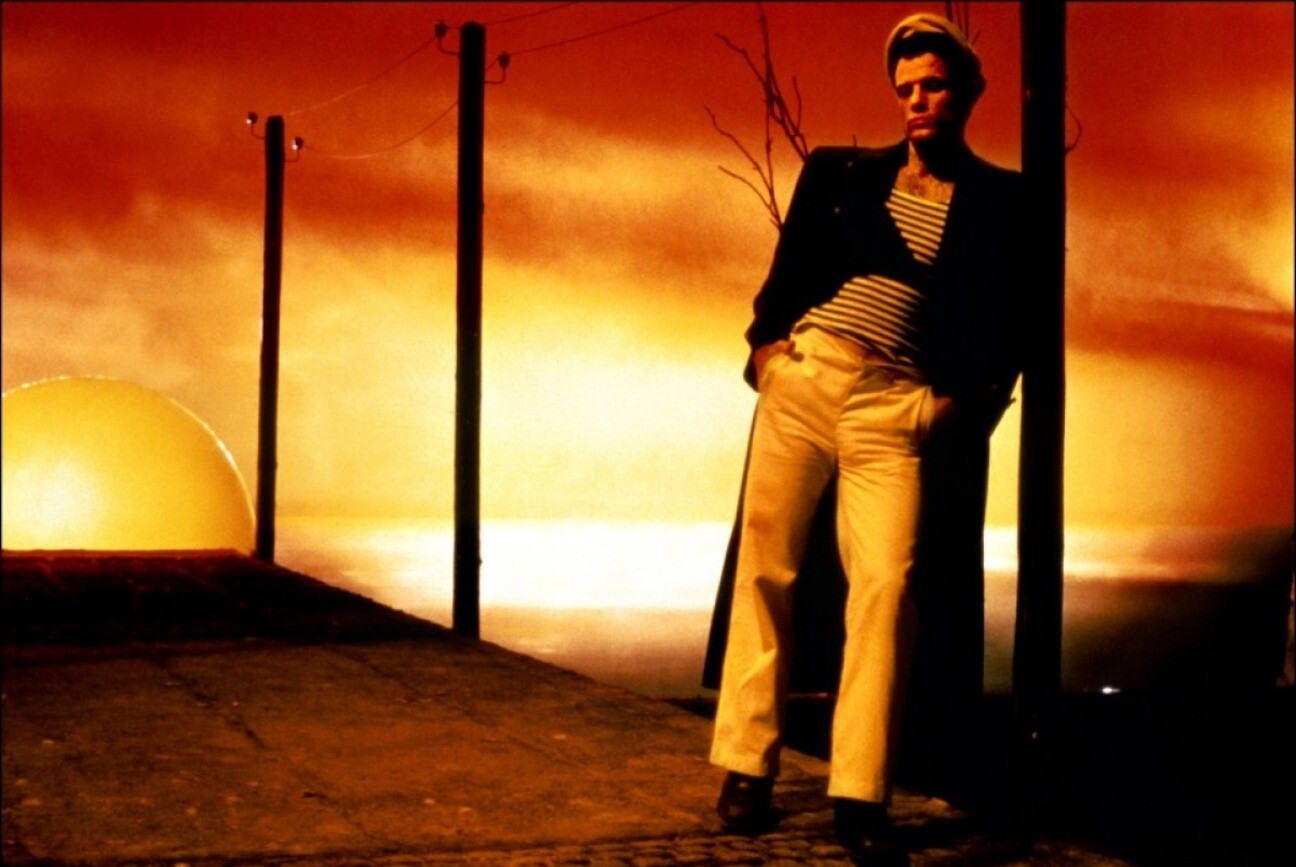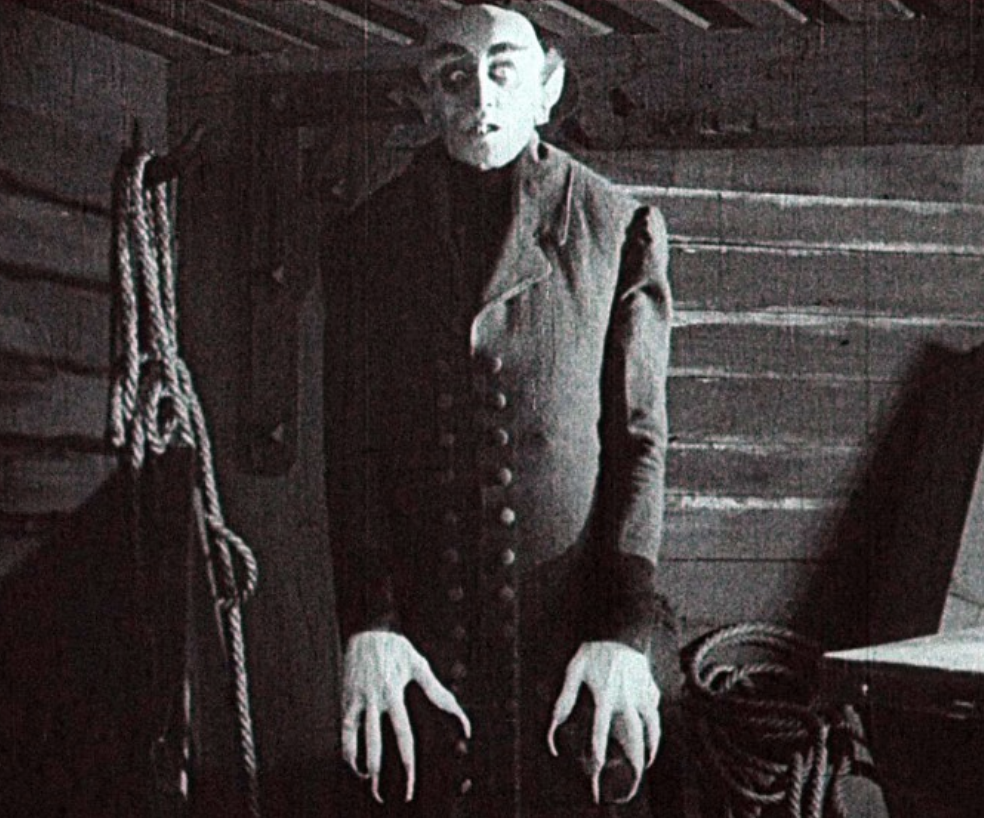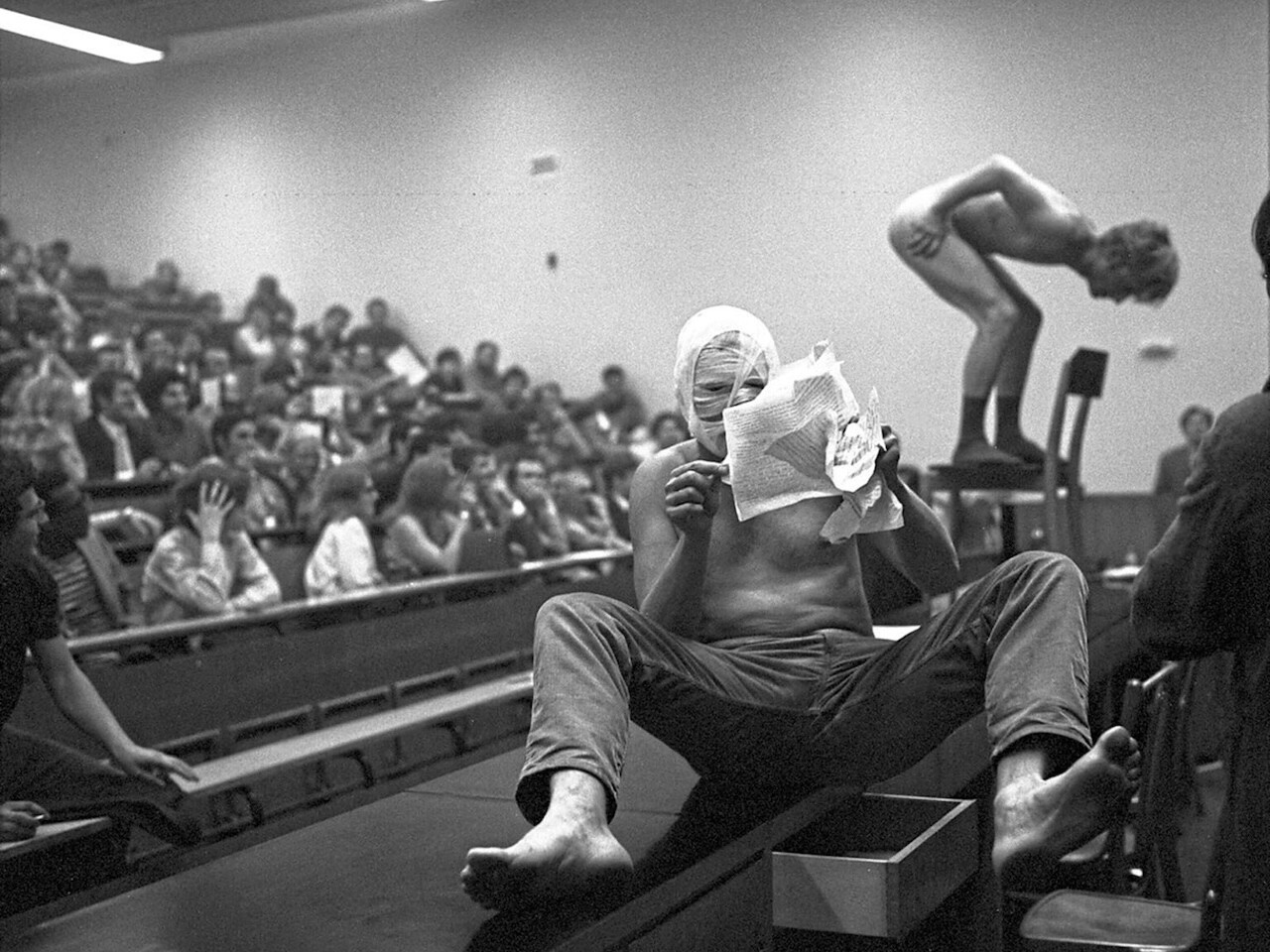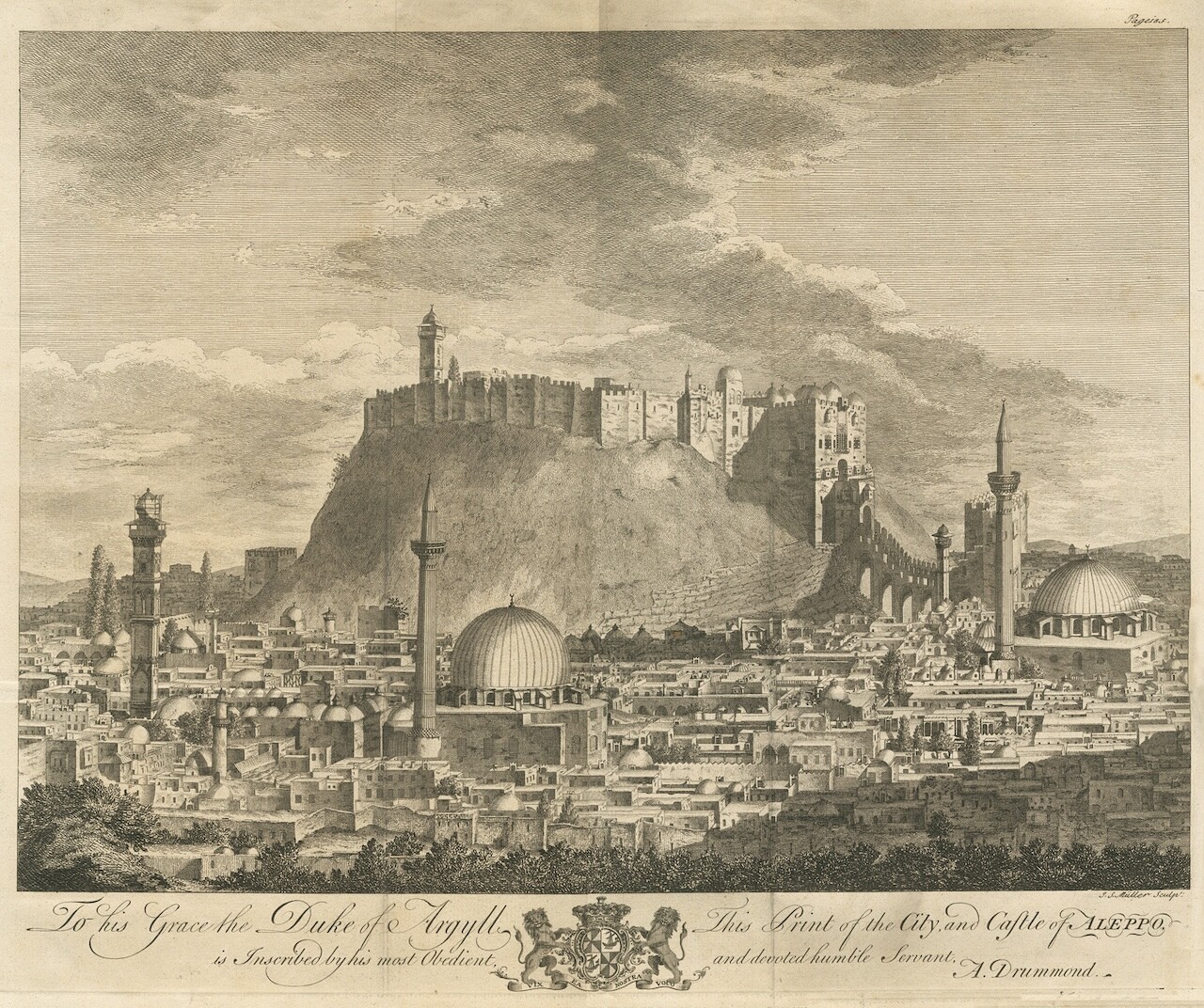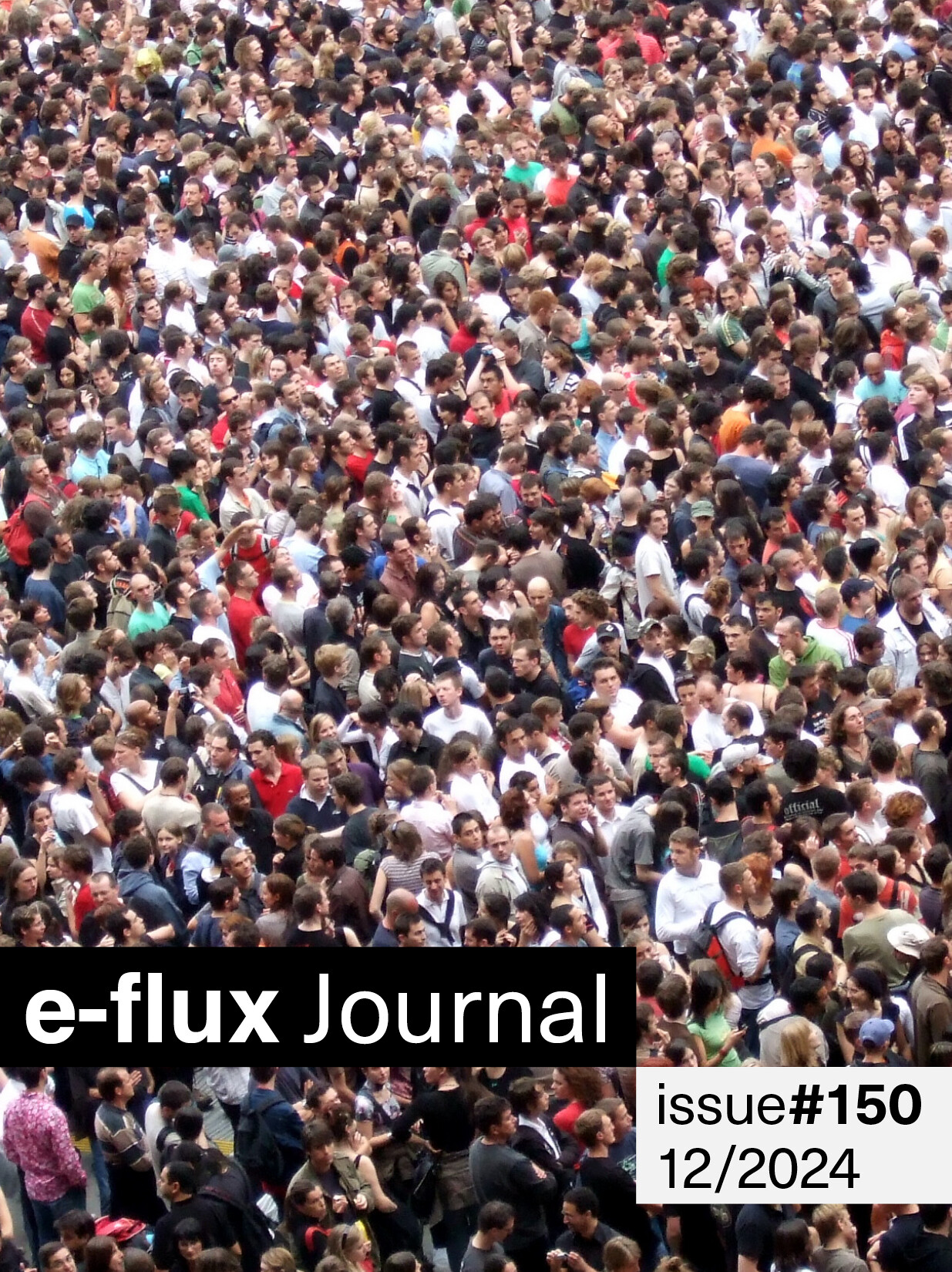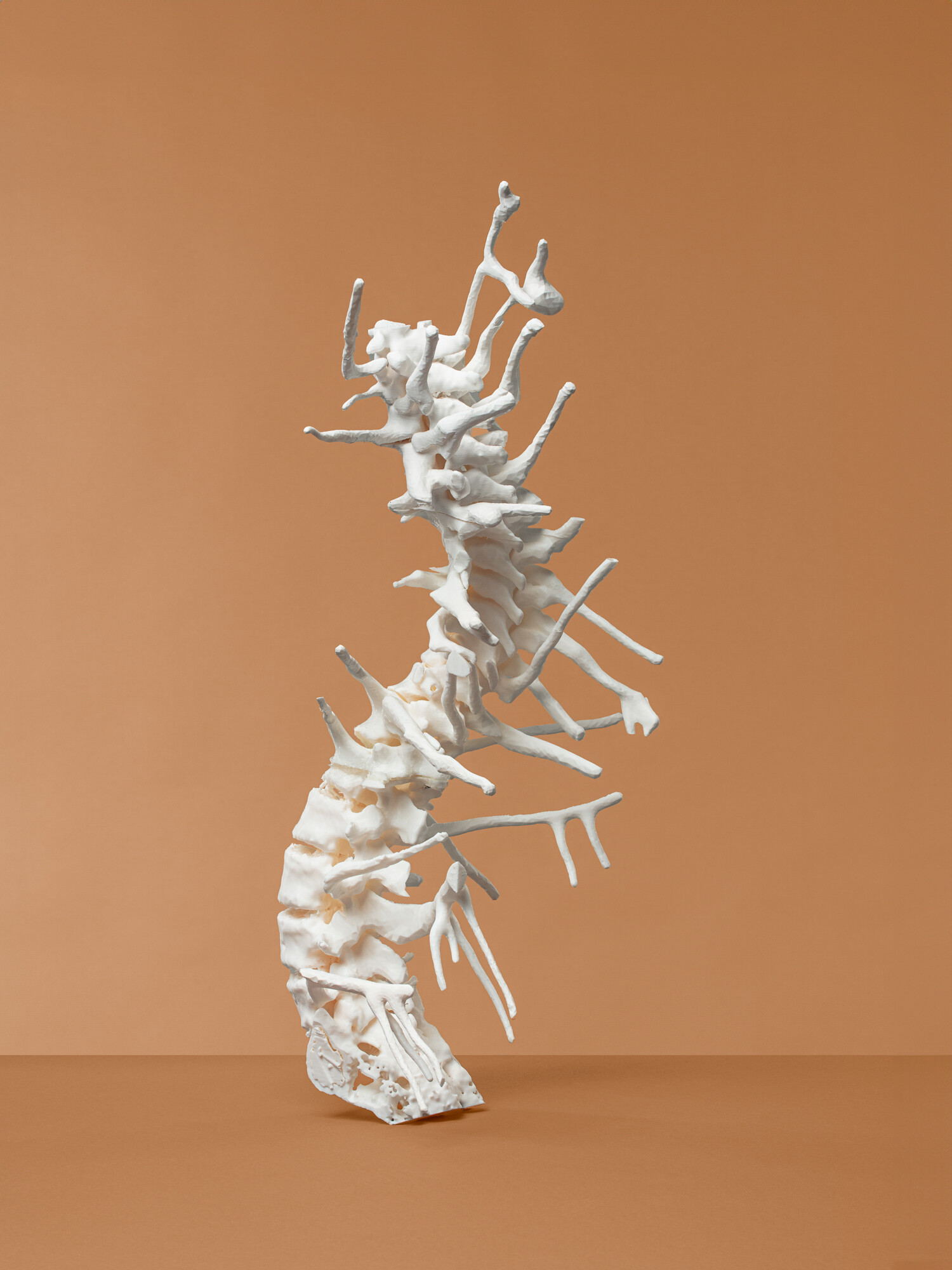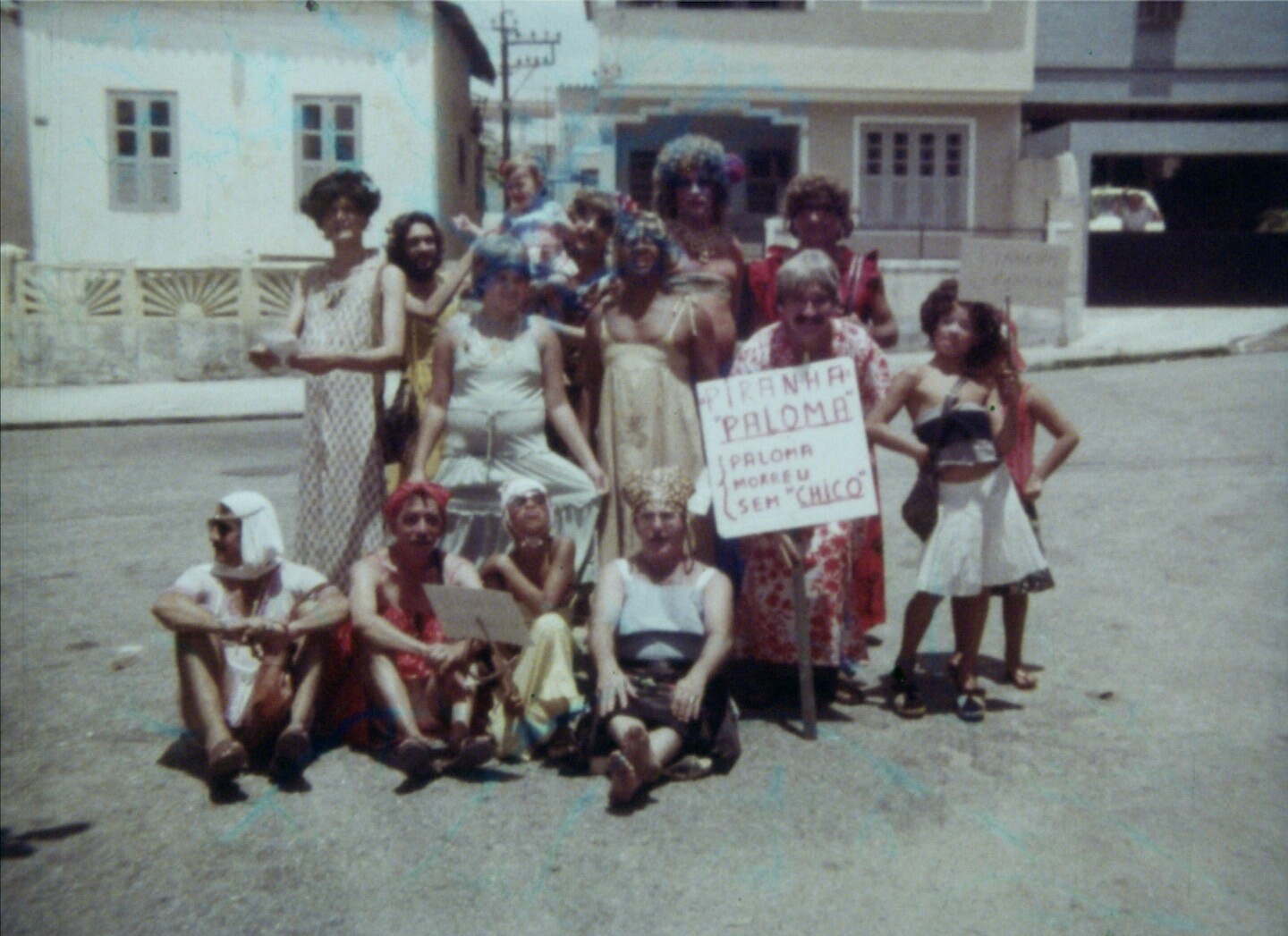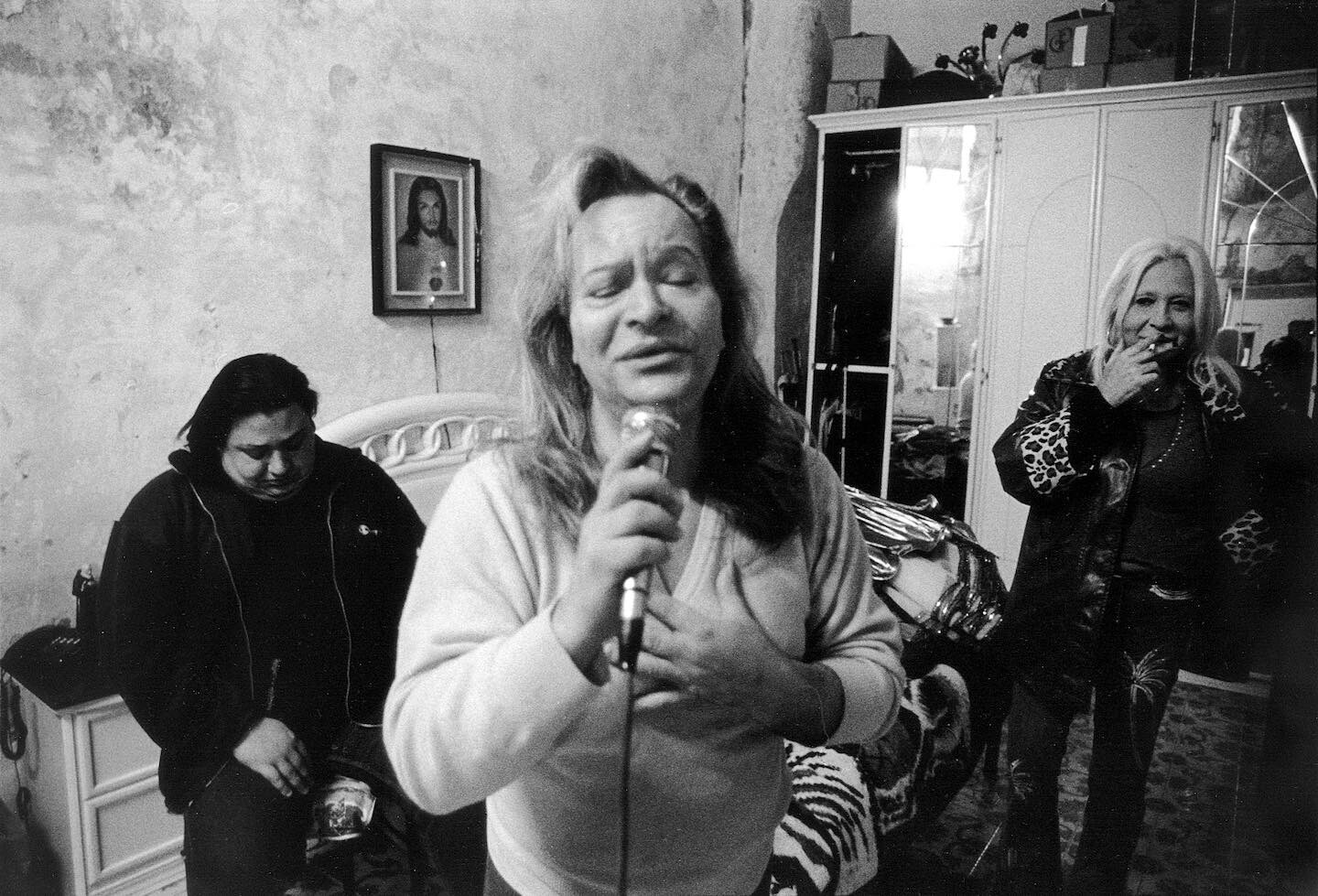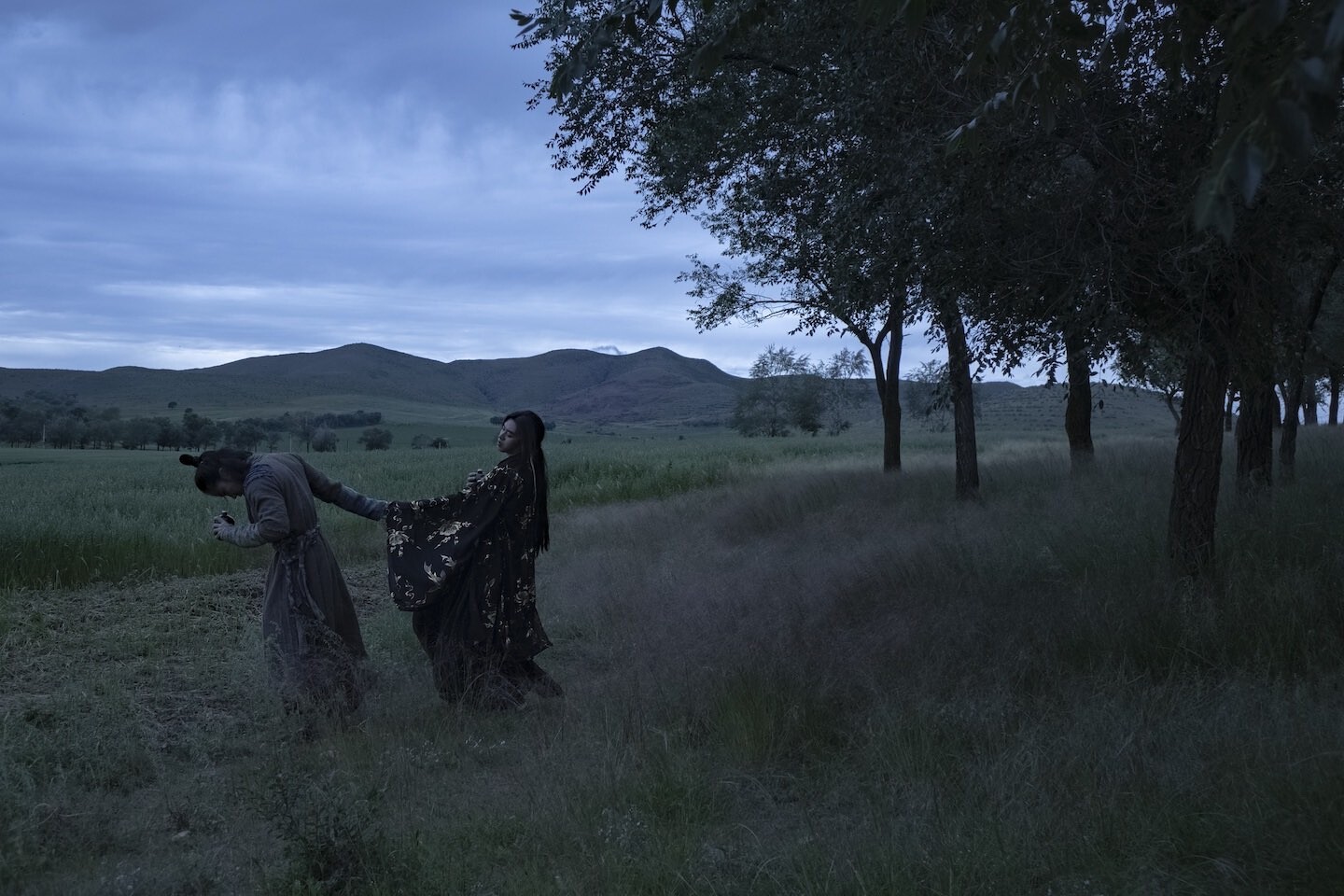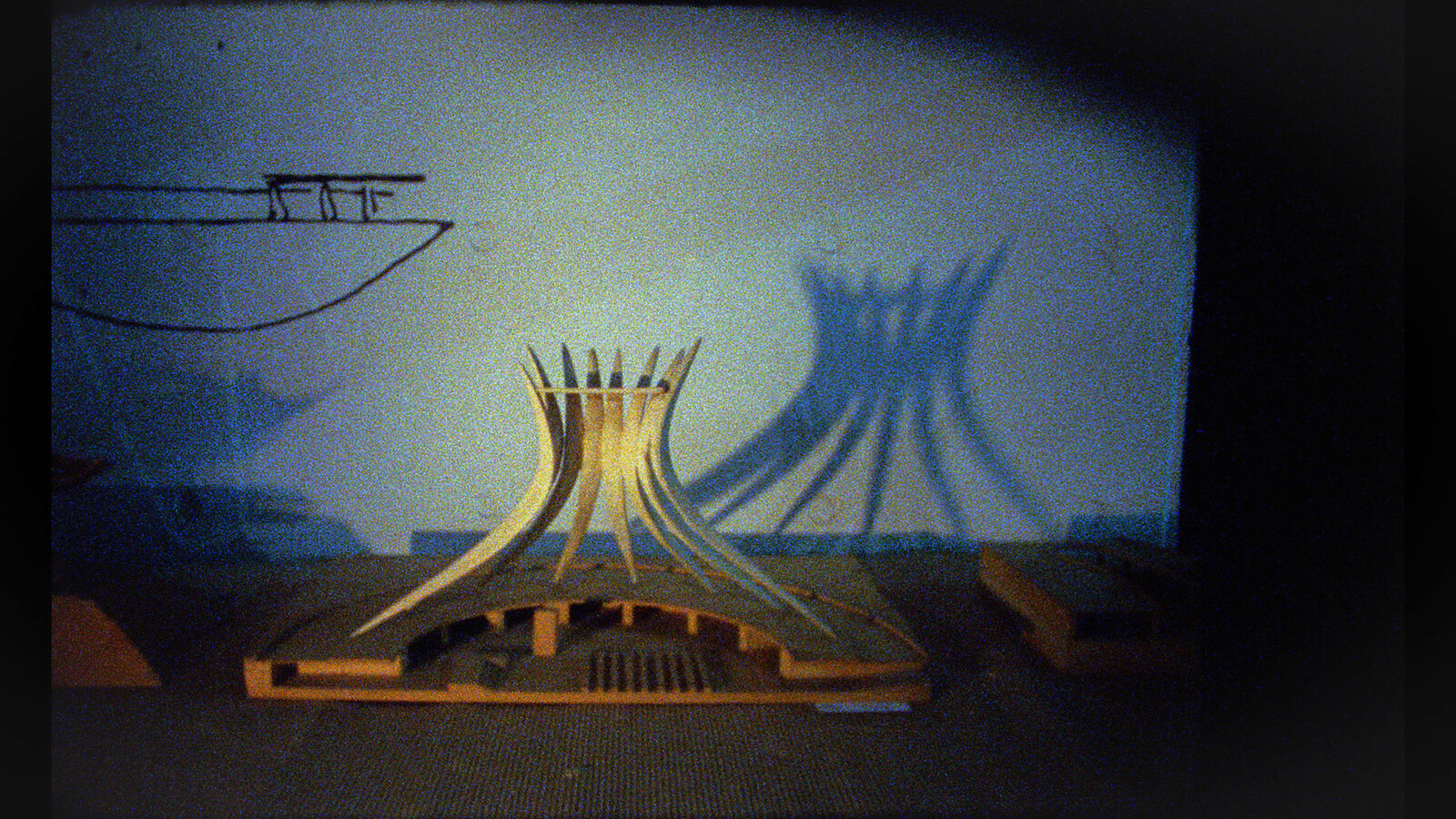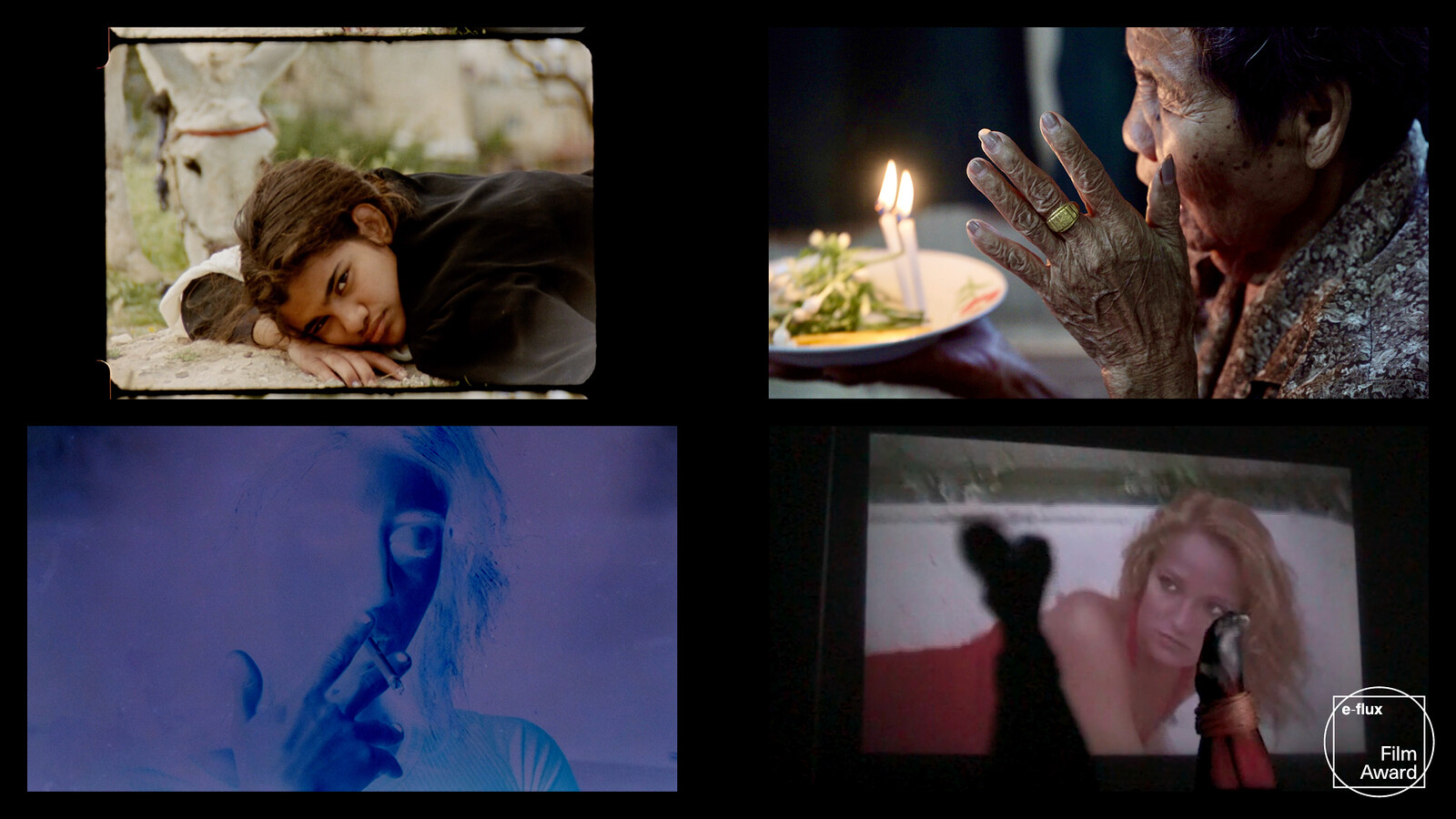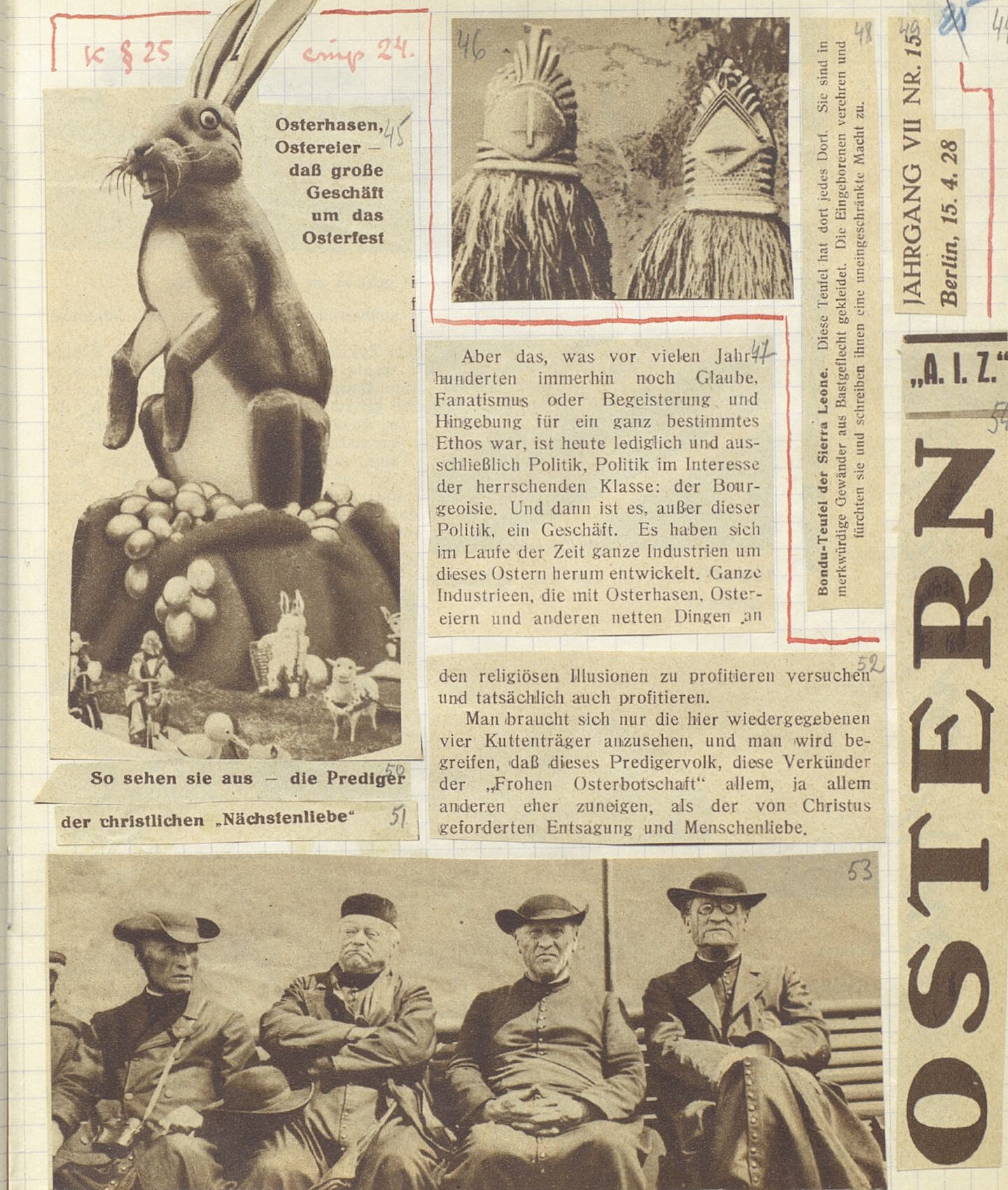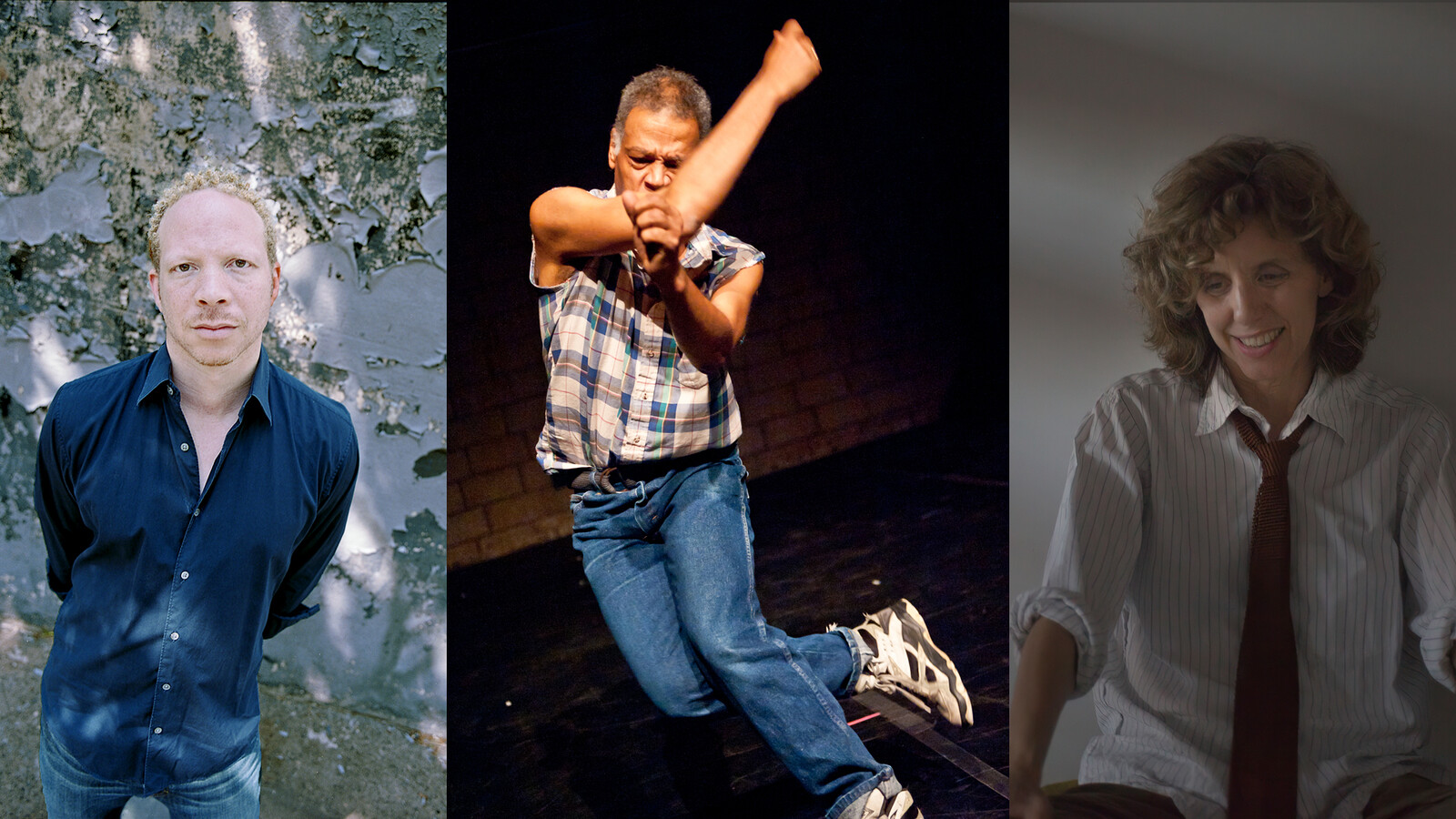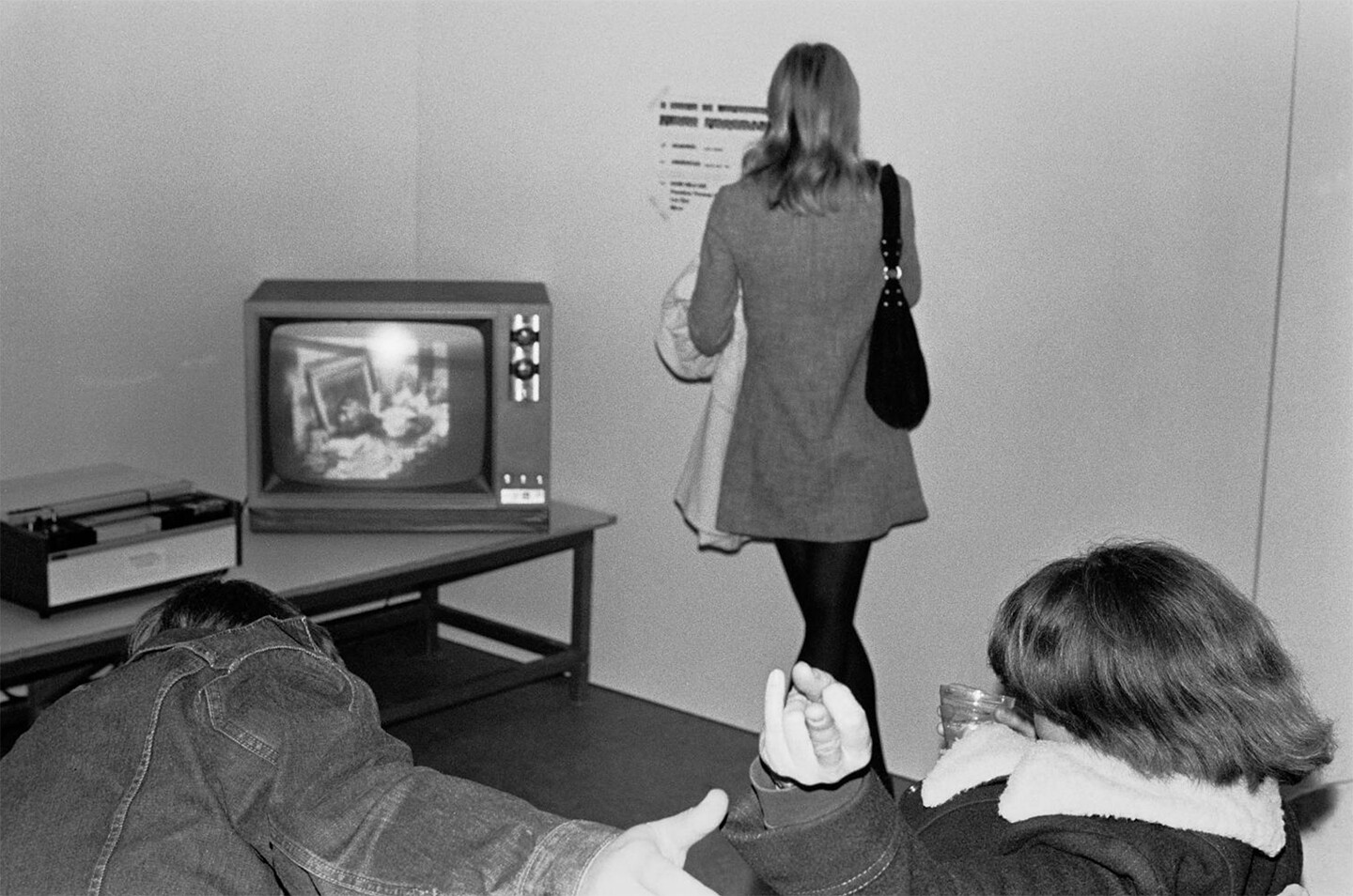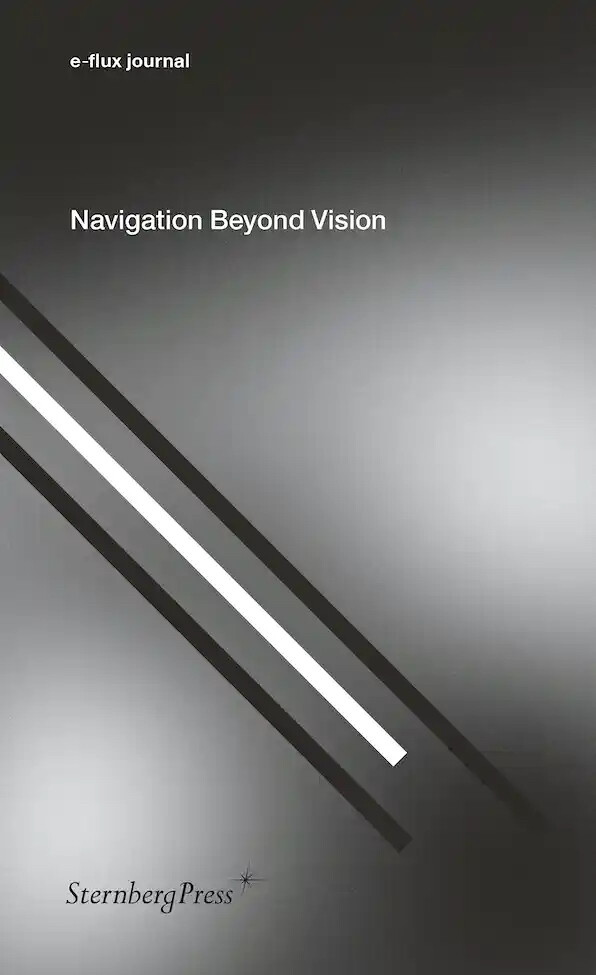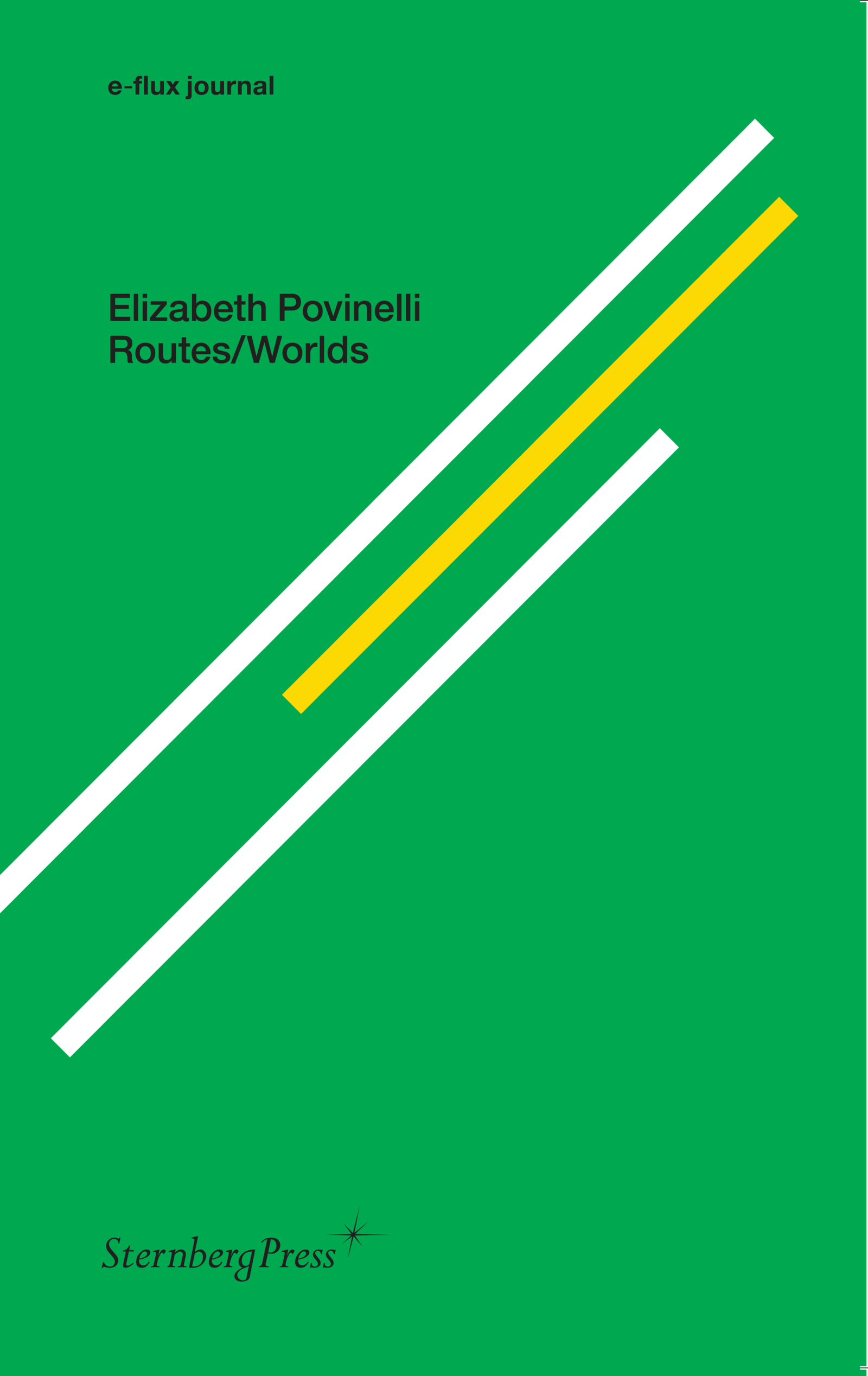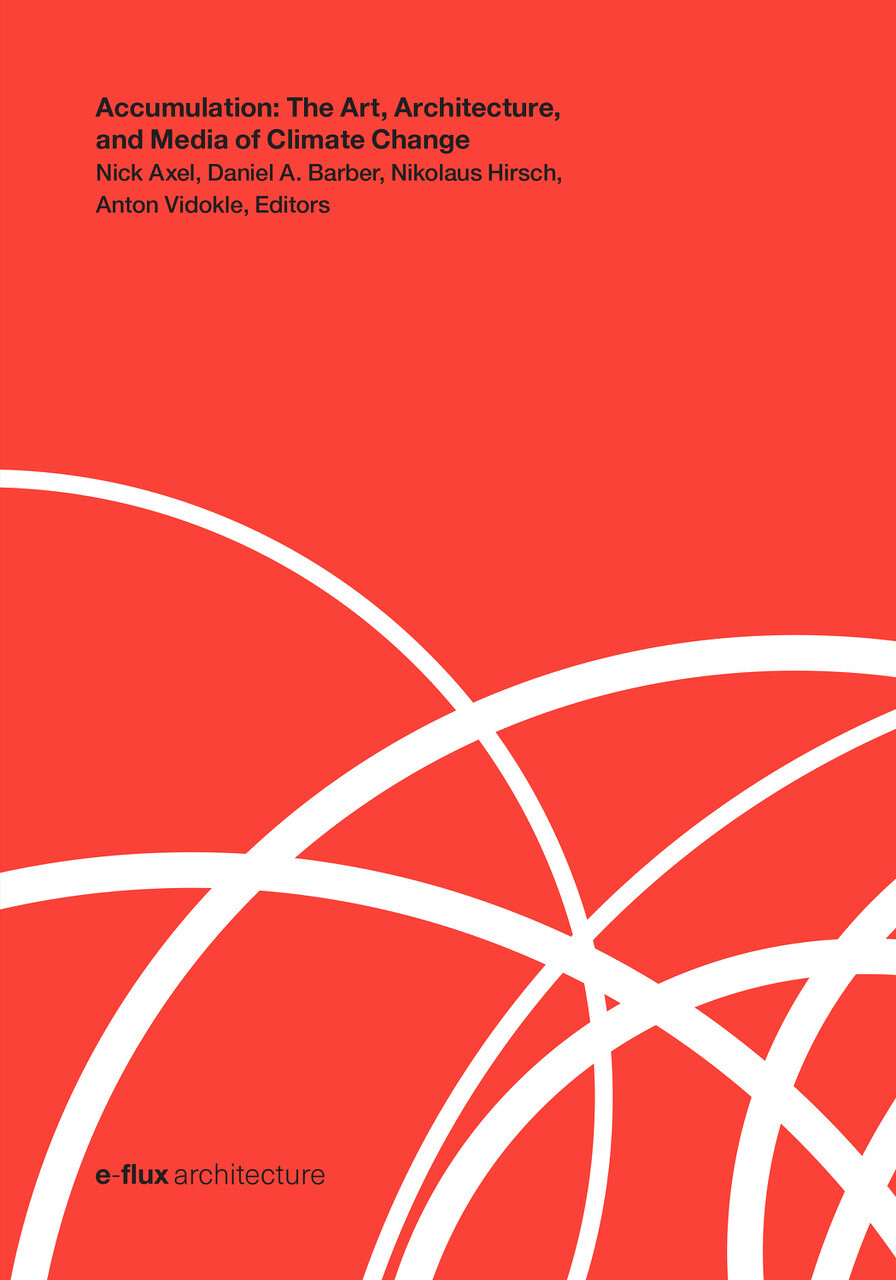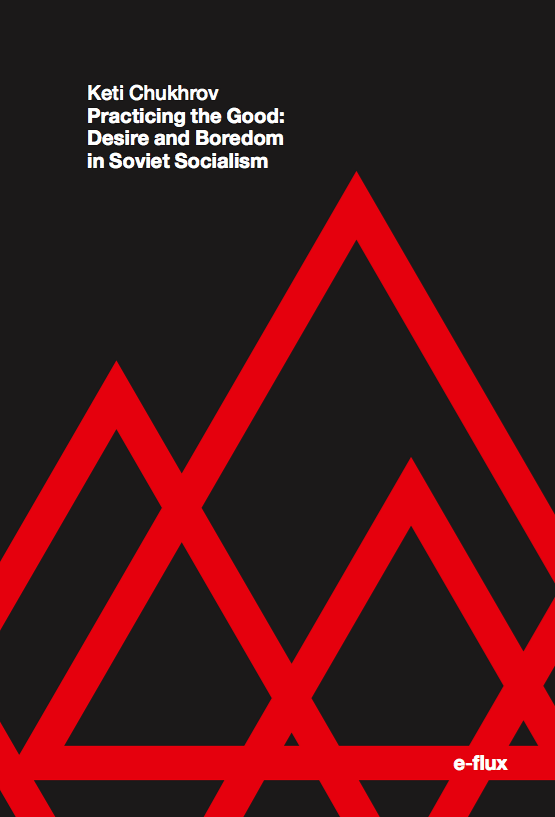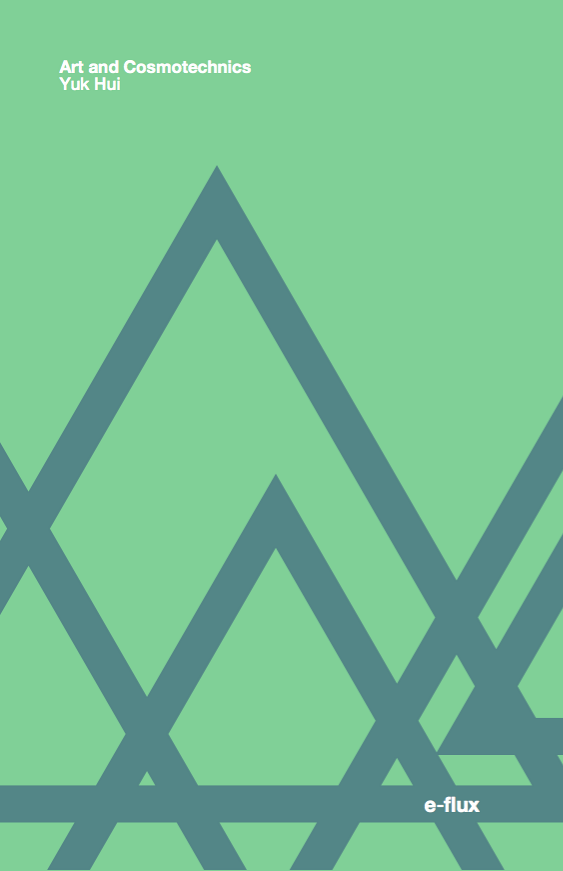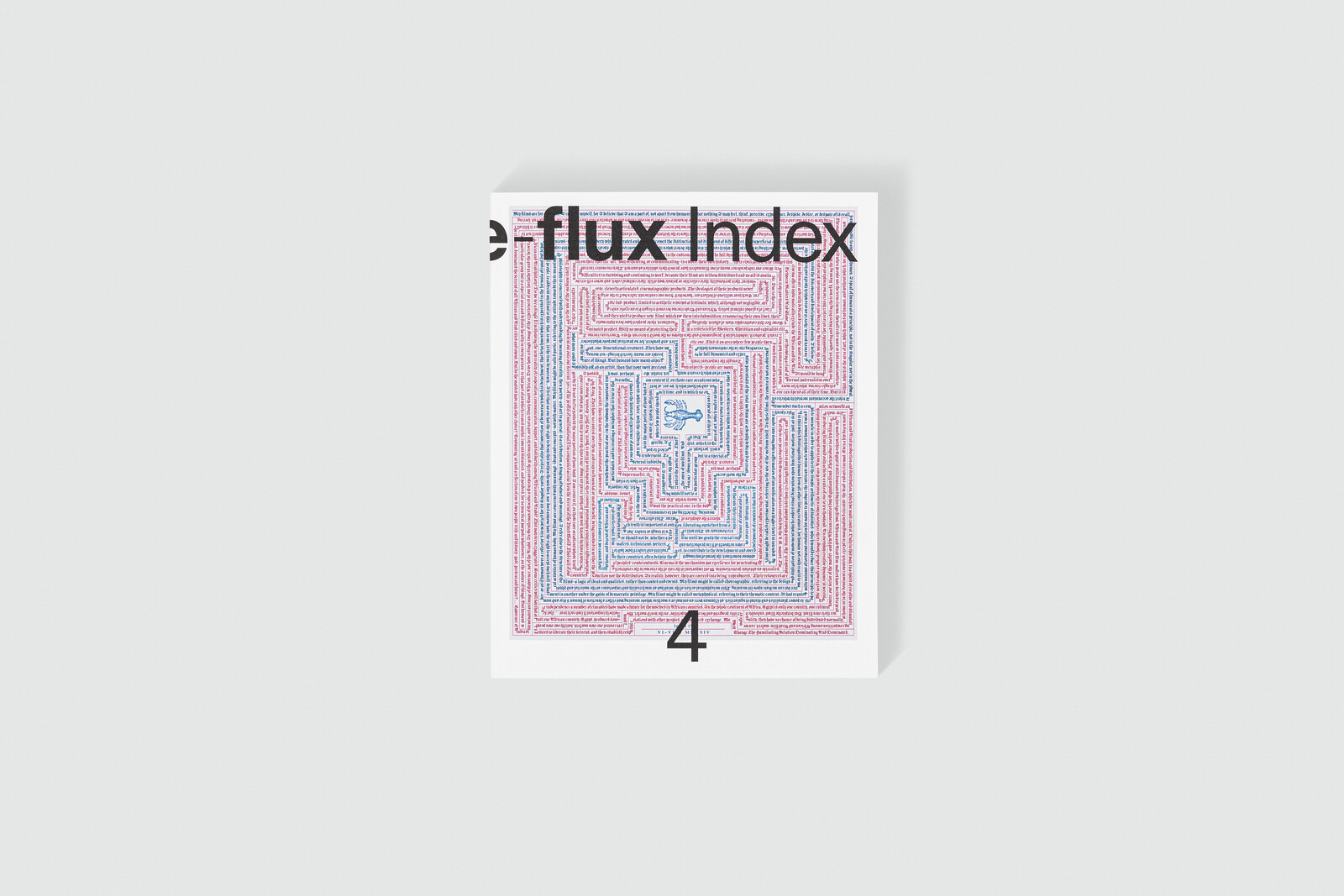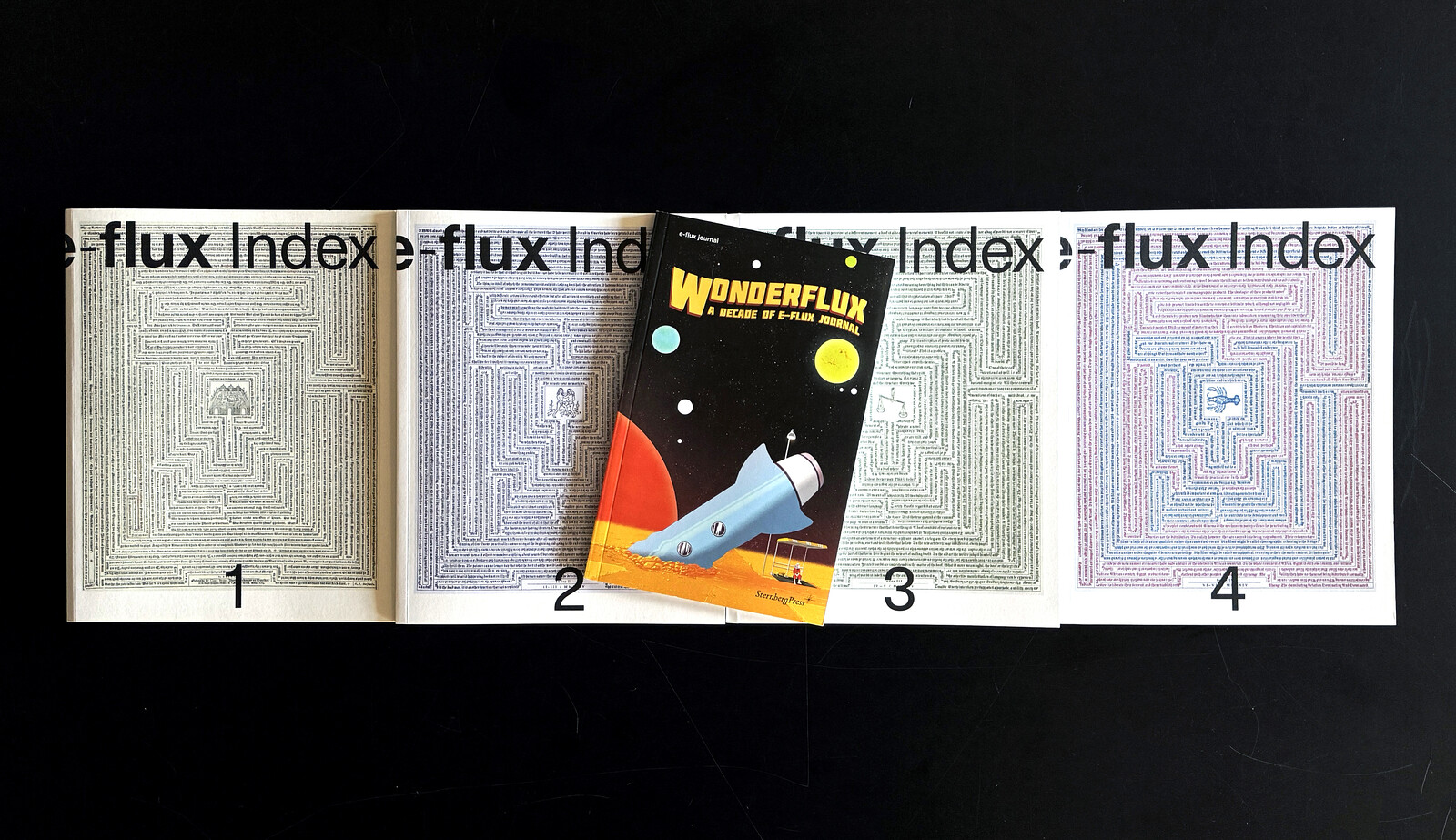Nets for Night and Day
Robert Hazen outlined the theory that the mineralogy of planets and moons evolves as a direct result of interactions with life. While only a dozen mineral species are known to have existed when our solar system formed 4.6 billion years ago, today Earth plays host to more than 4,400, an indication that the chemical and biological processes enacted by organisms engender their formation. On a planetary geology scale, then, our interactions with rocks stimulate their development as much as they buttress ours.
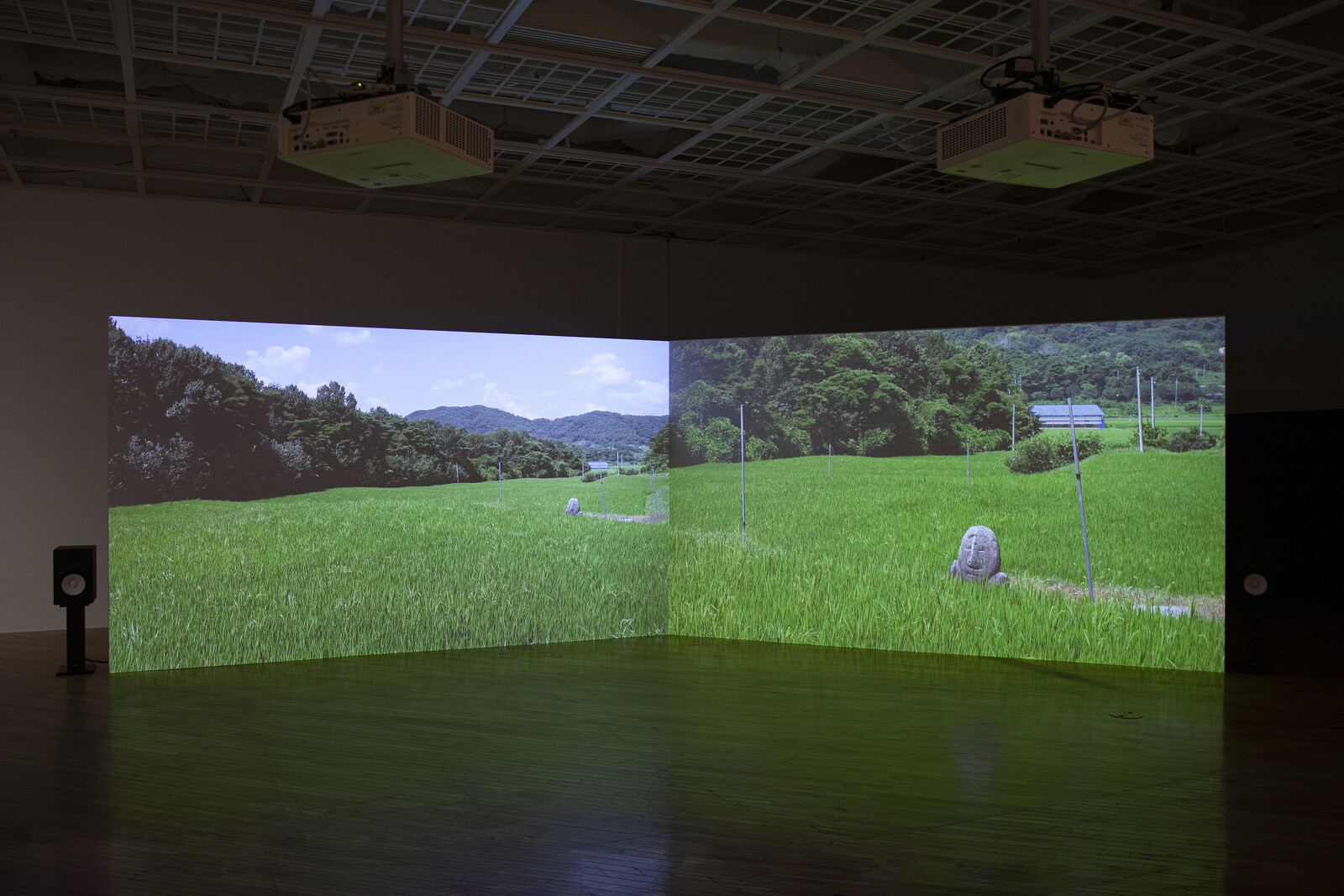
Rather than attempt a linear survey of a career that was truncated almost as it took wing, the show leads with two groundbreaking installations of the early 1990s before offering a chronologically broader presentation of Butt’s paintings and graphic works on a separate floor. The refabrication of the fly-infested noticeboard—an early example of art incorporating a kind of biotechnology—resuscitates a matter crucial to Butt’s political relevance.
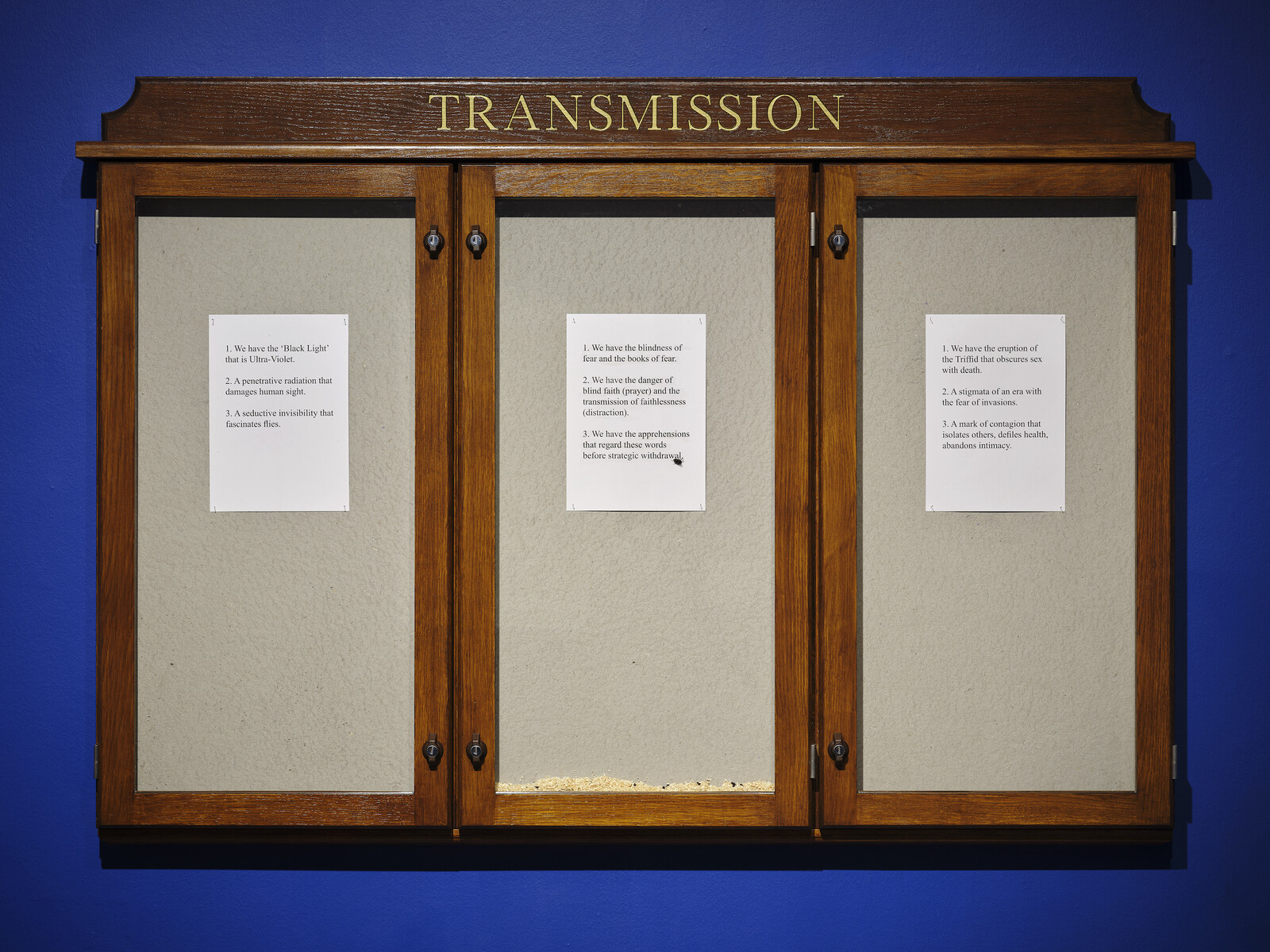
In September 2019, an eight-year-old girl named Ágatha Vitória Sales Félix was shot and killed by police in Rio de Janeiro as she was riding home in a small public bus with her mother. The officers argued that they had been fired upon first, and that they were in the midst of a wider war, part of the former Brazilian president Jair Bolsonaro’s “30 bullets for every bandit” crackdown on crime, during which nearly a third of all violent deaths in Brazil’s second largest city came at the hands of the state.
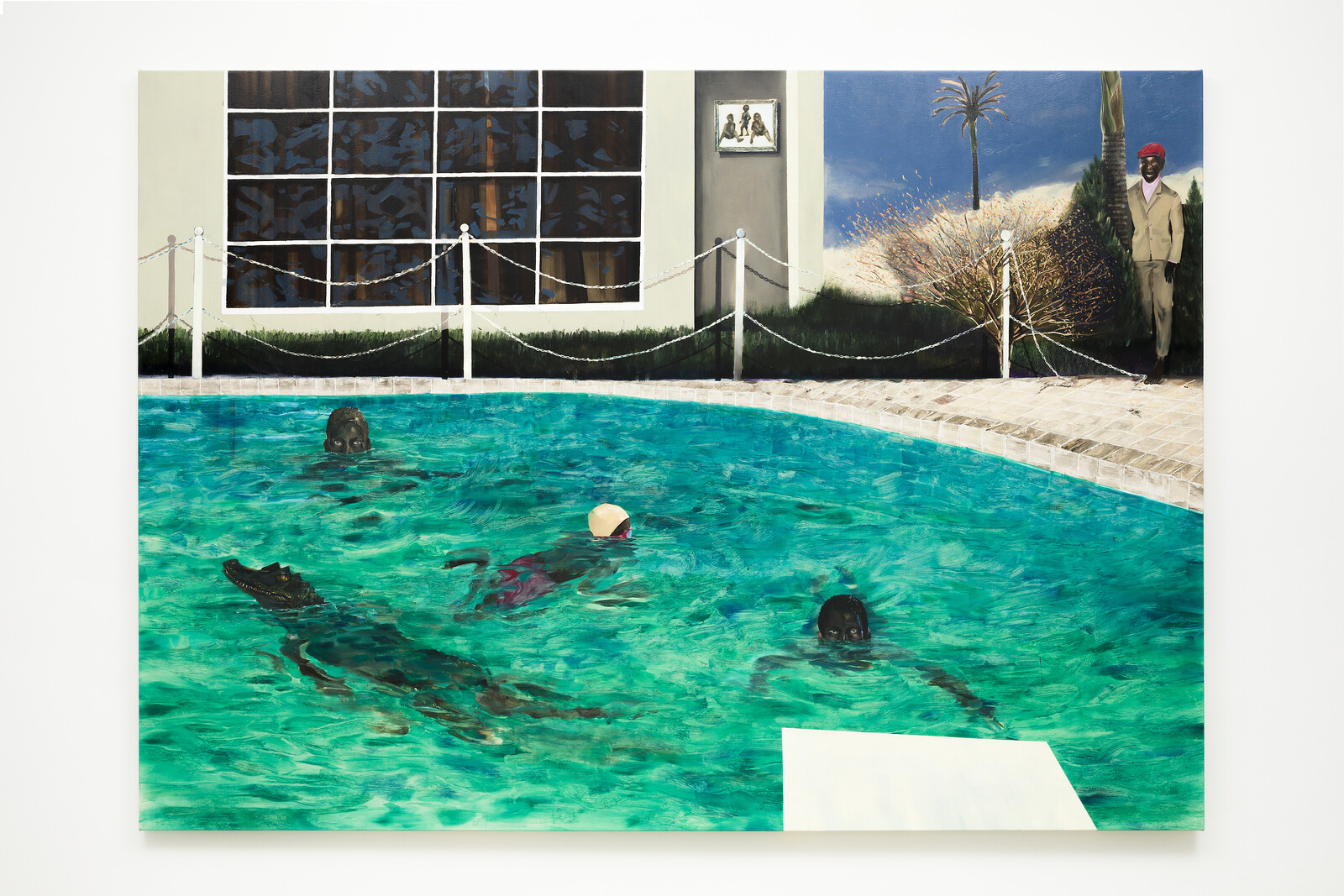
In 2020, the group exhibition “OTRXS MUNDXS” offered a snapshot of Mexico City’s young artists and collectives. Whereas that first show felt overly ambitious, occupying the whole of Museo Tamayo and adopting a theoretical framework that attempted to define a generation, the latest iteration goes in the opposite direction: abbreviated to a few galleries and the central patio, and lacking any coherent sense of structure.
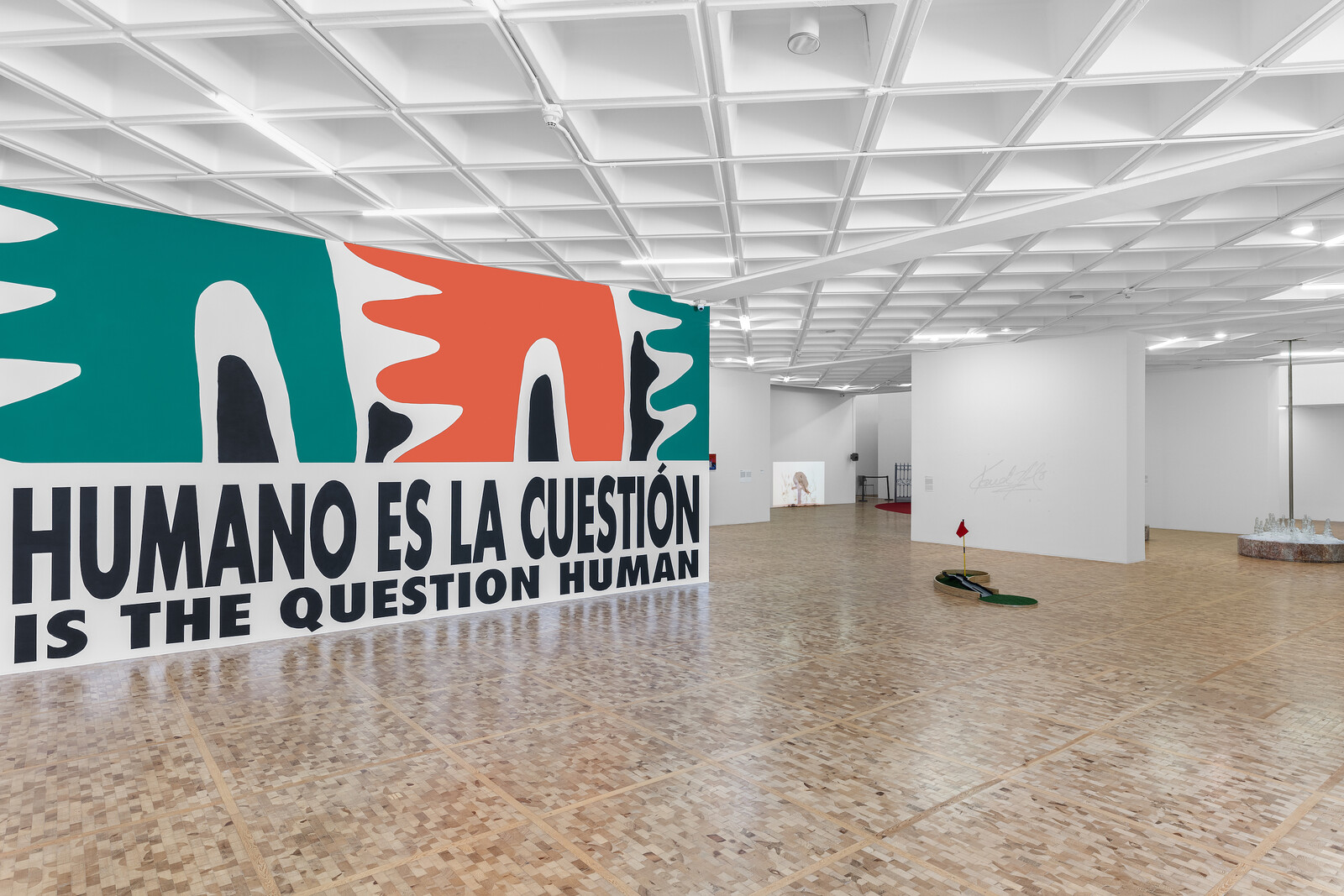
However frustrating it can be that criticism must trail behind the news cycle, this means that it also resists the violently unstable model of history that a hyper-accelerated media environment propounds. Criticism narrates an encounter with the past that must take place at one remove. It depends on a belief in continuities and commonalities, which is to say a commitment to the principle that the past carries meaning in the present, and that every experience of the world is connected to our own.
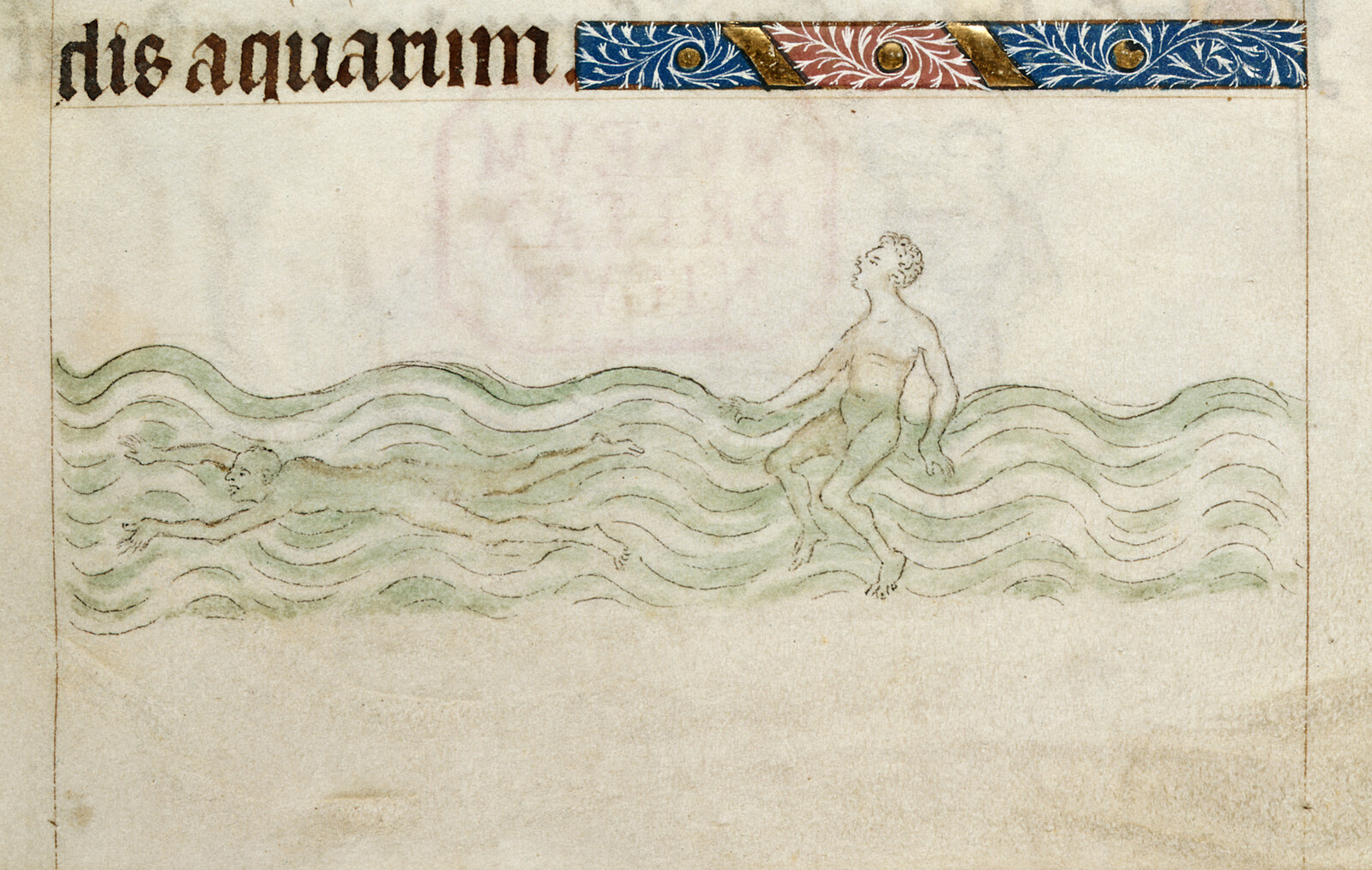
If Indian artists have always been considered “cosmopolitan,” it’s perhaps because we tend to think of their migration outside of India towards Europe and the Americas: Bengali poet Rabindranath Tagore reading law in London in the 1870s, or the world citizenship of Vikram Seth. Looking at “The Imaginary Institution of India,” I was propelled to consider migrations and movements within India itself: the circulation across time and place of artists, their works, and their ideas.
